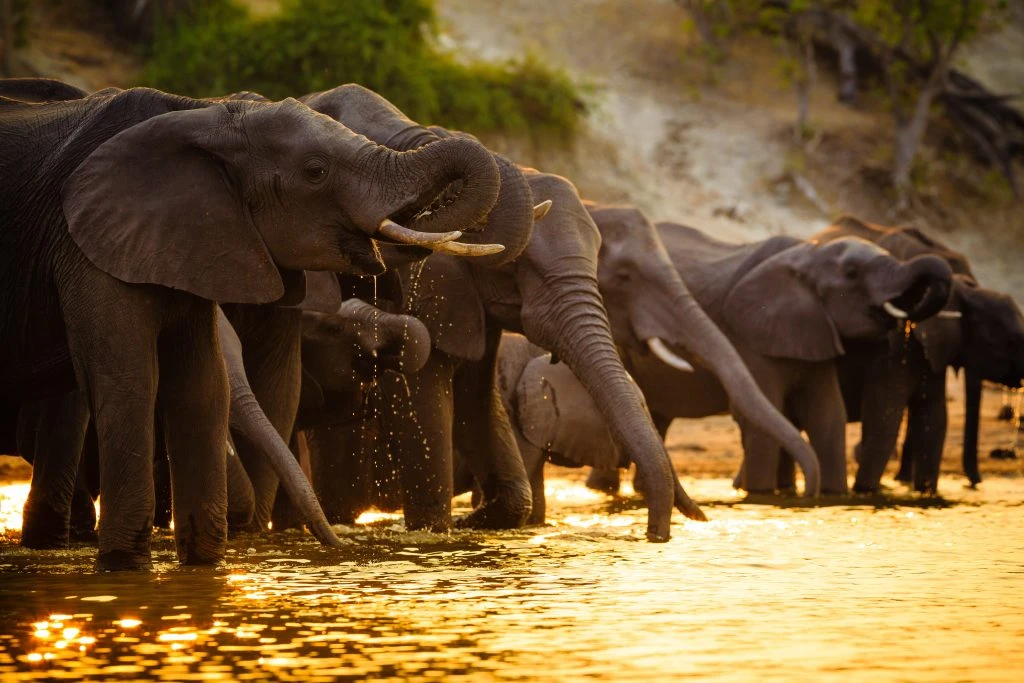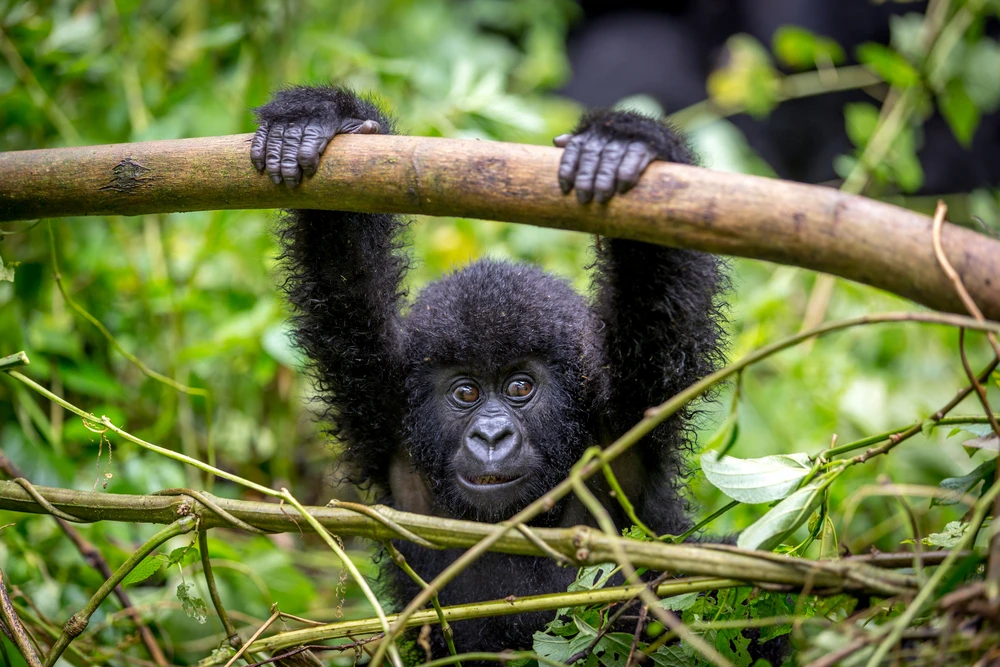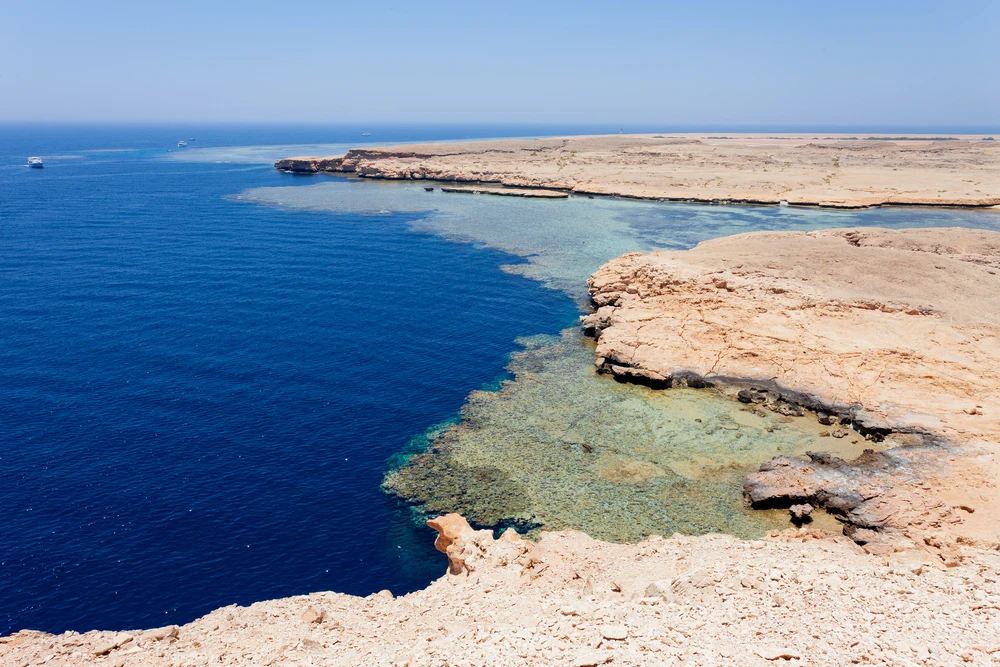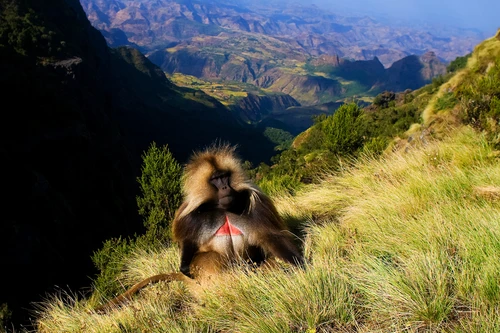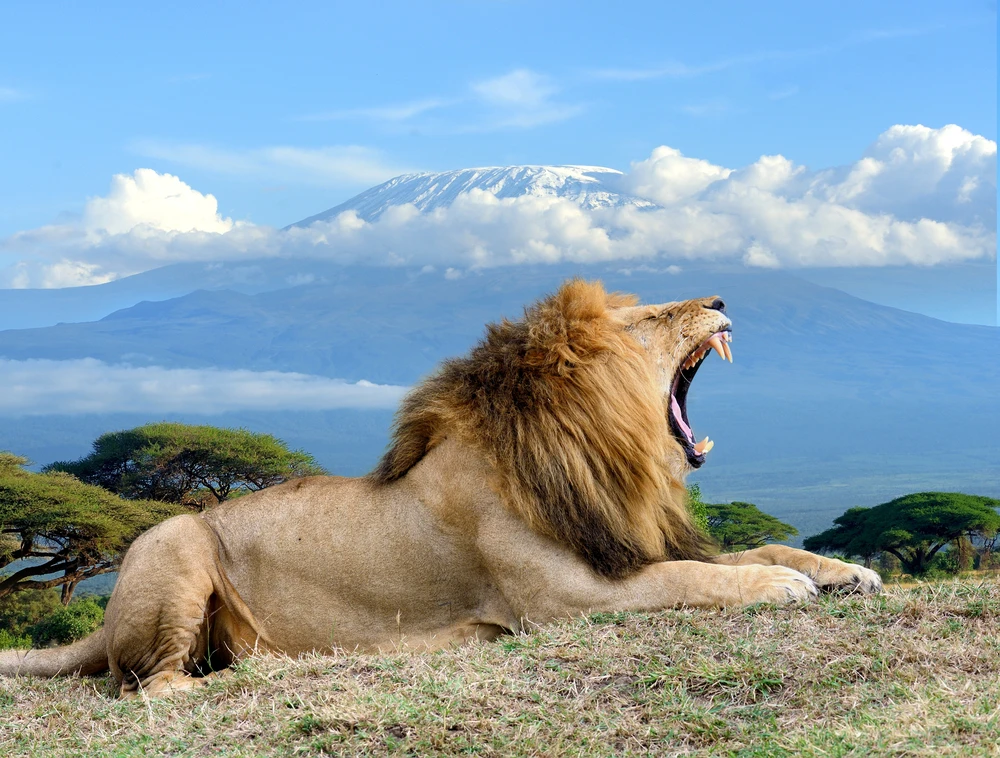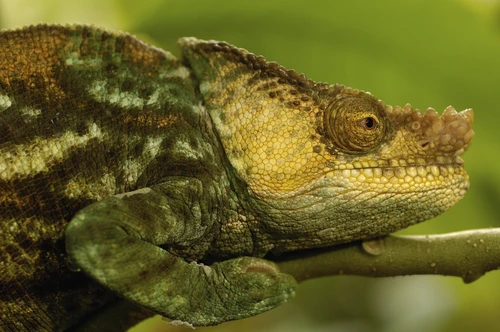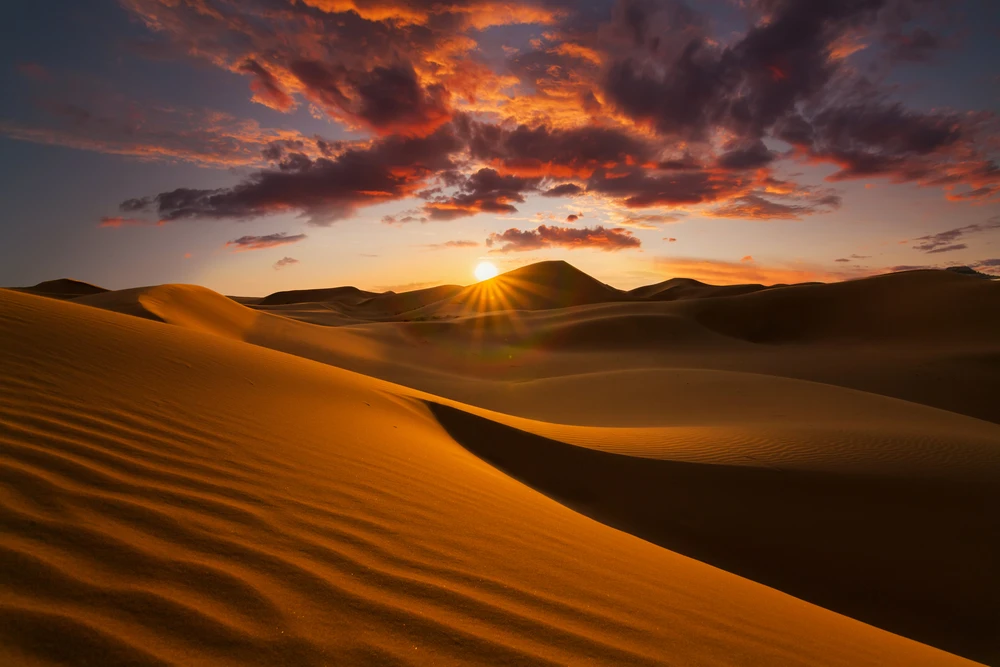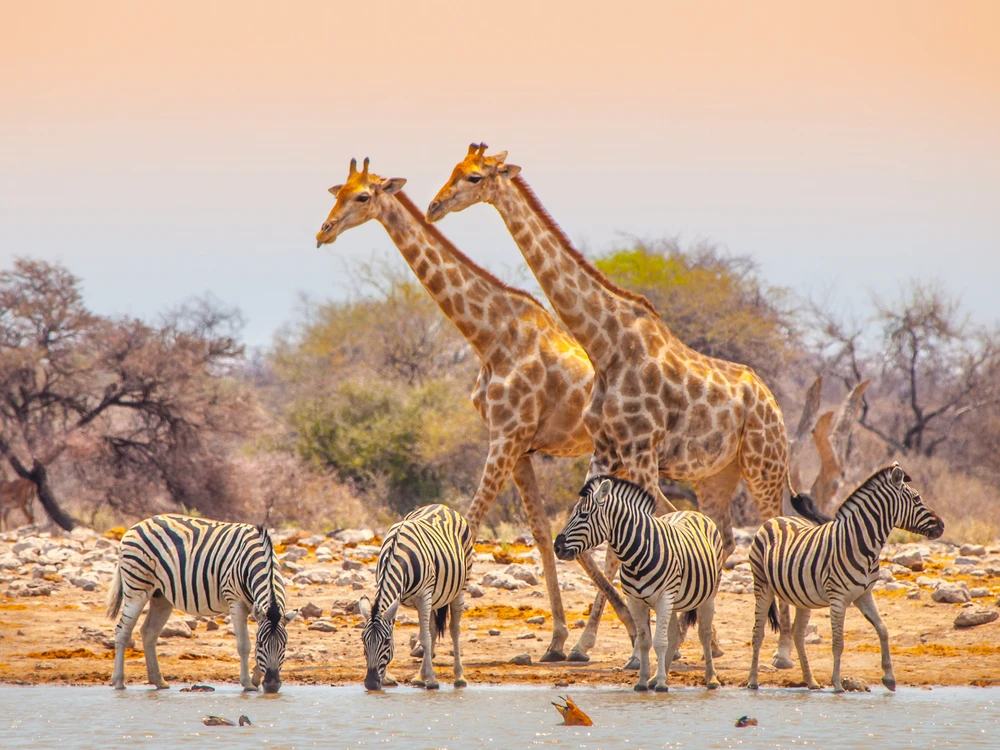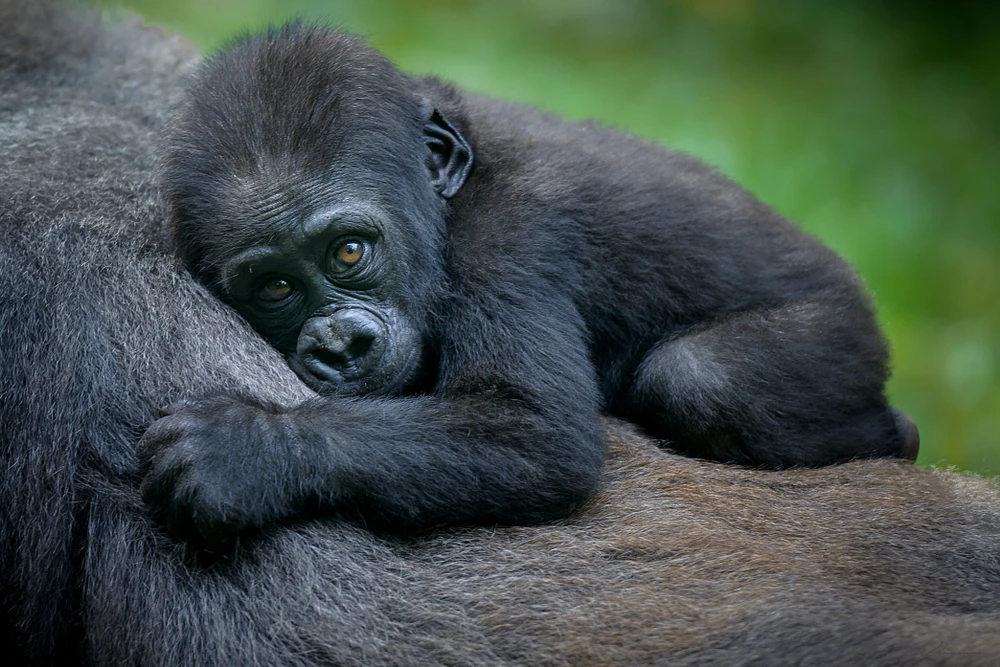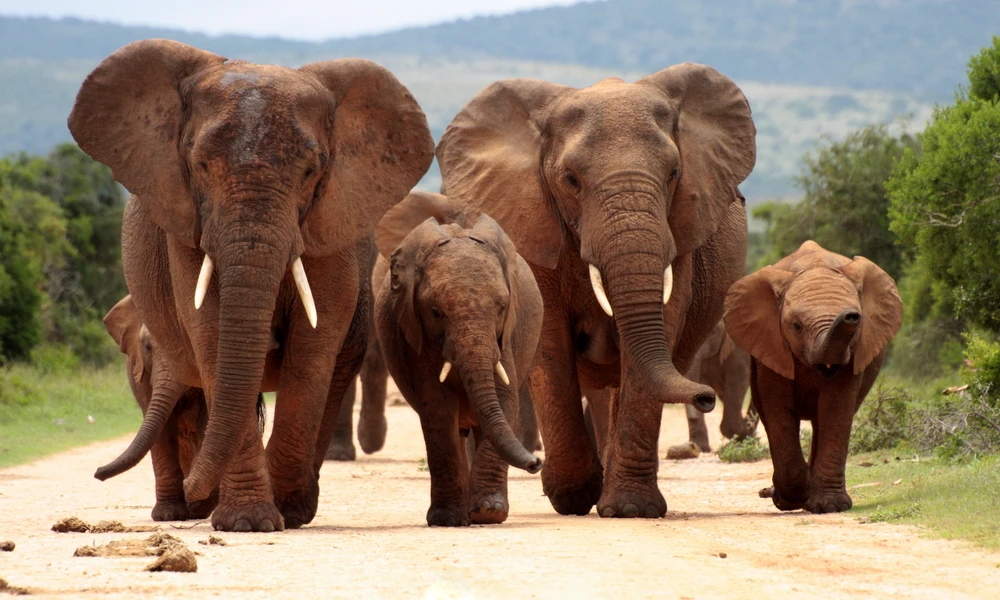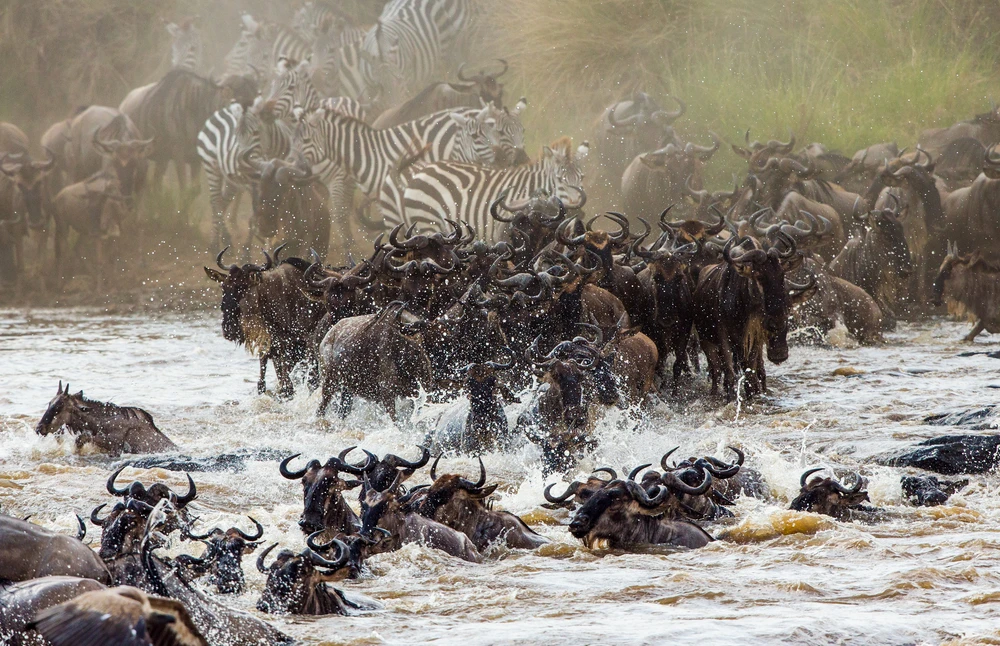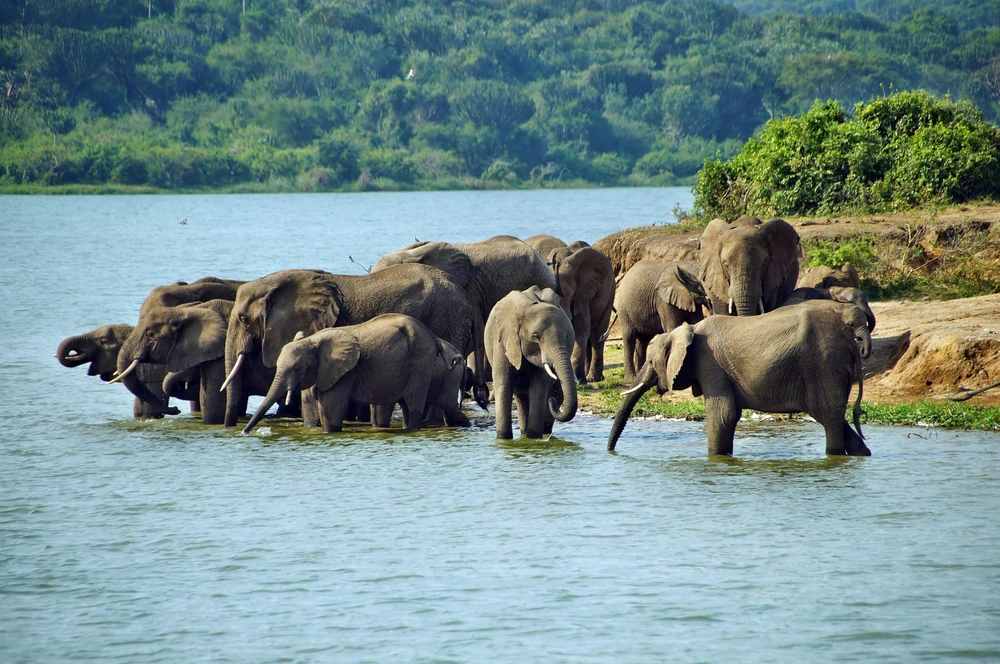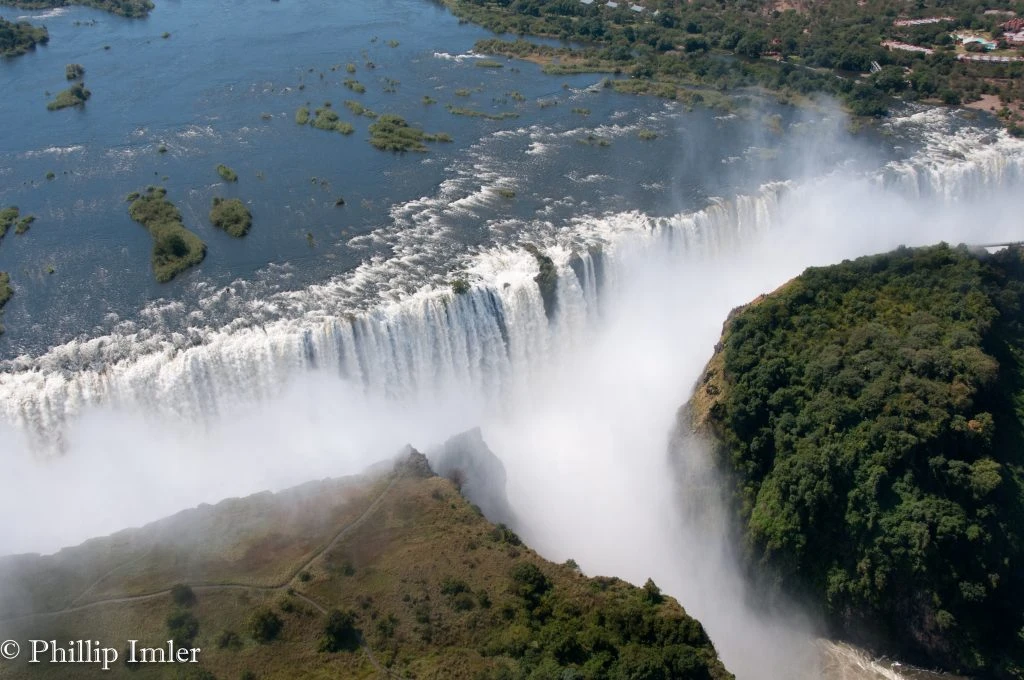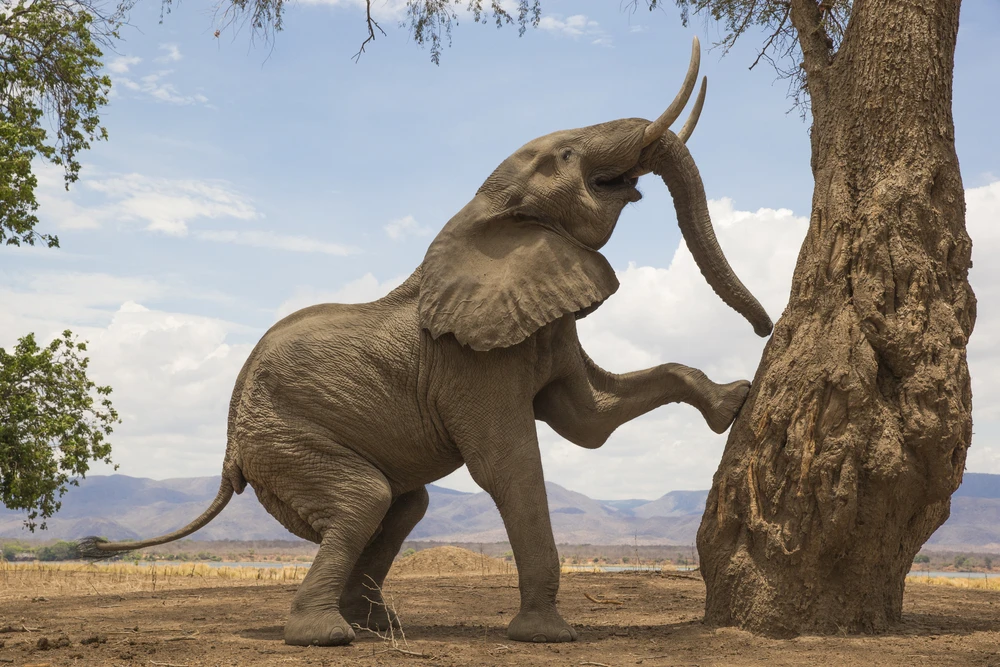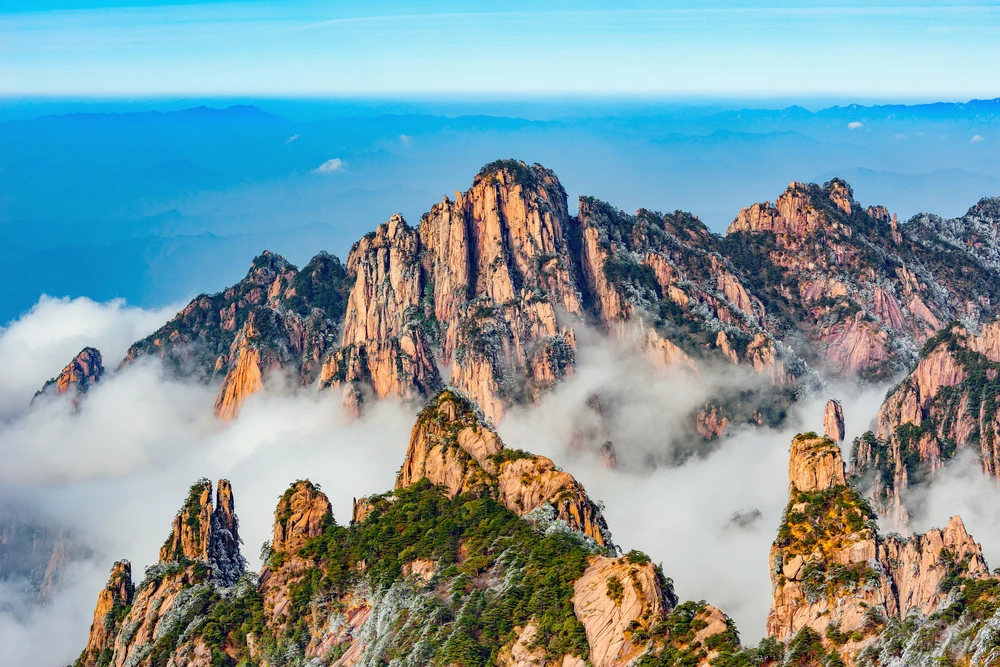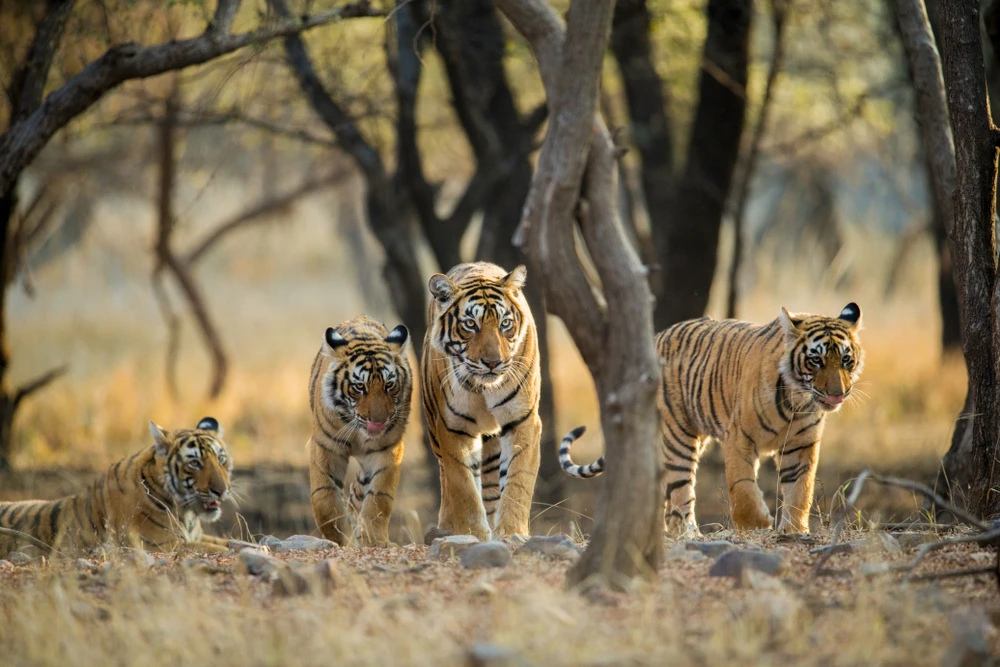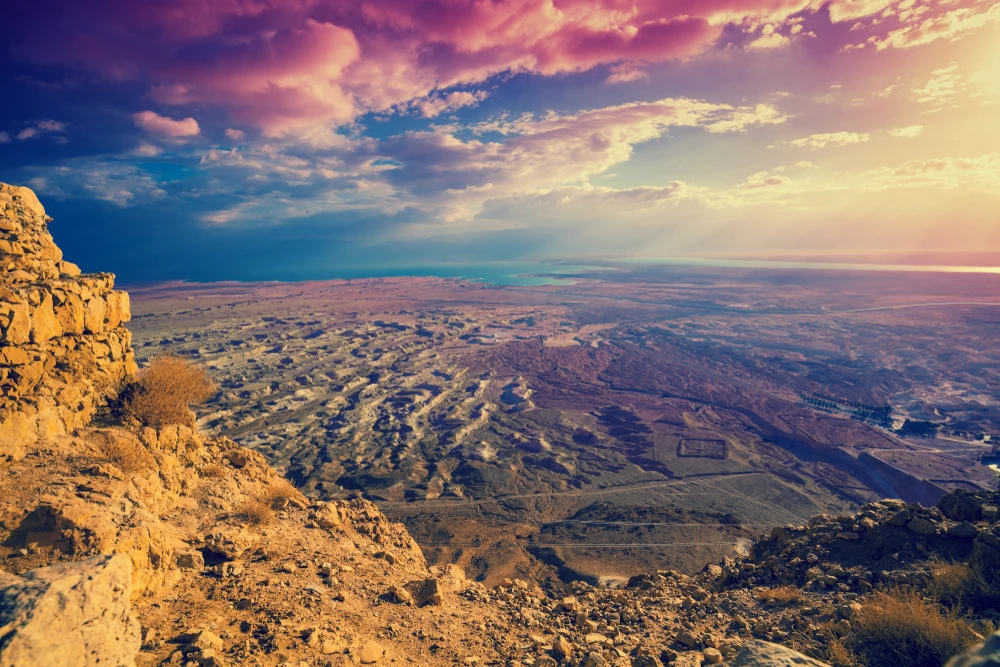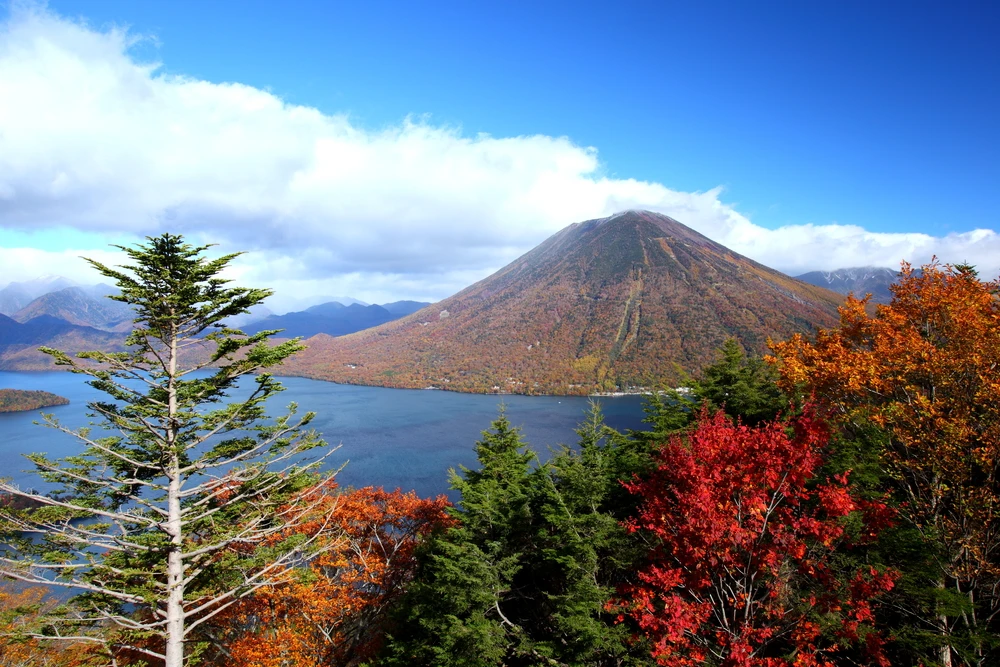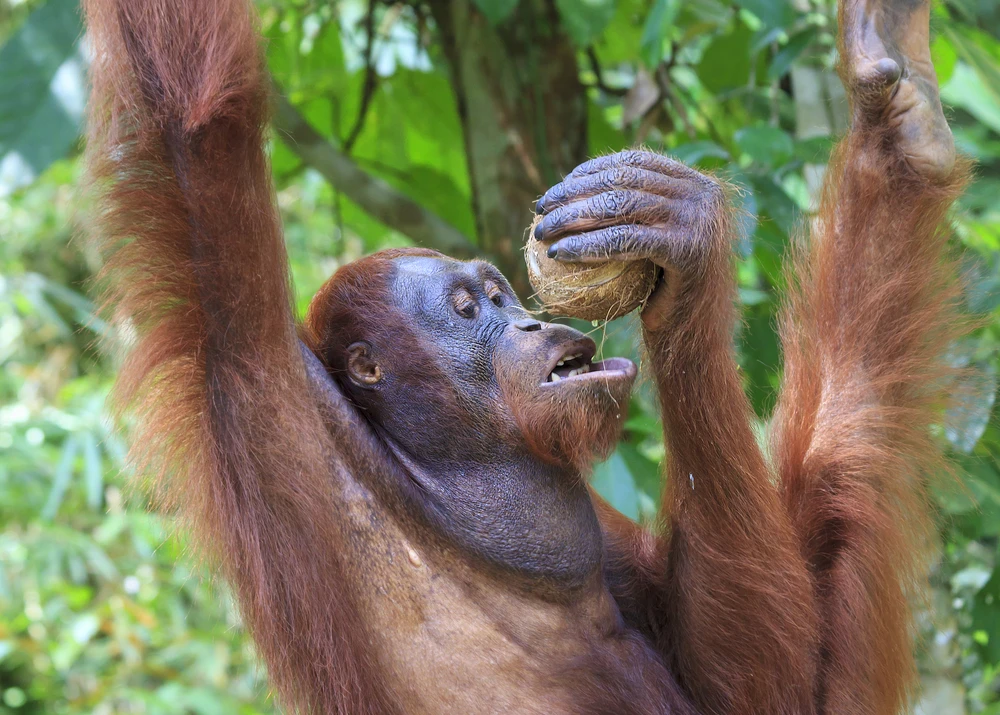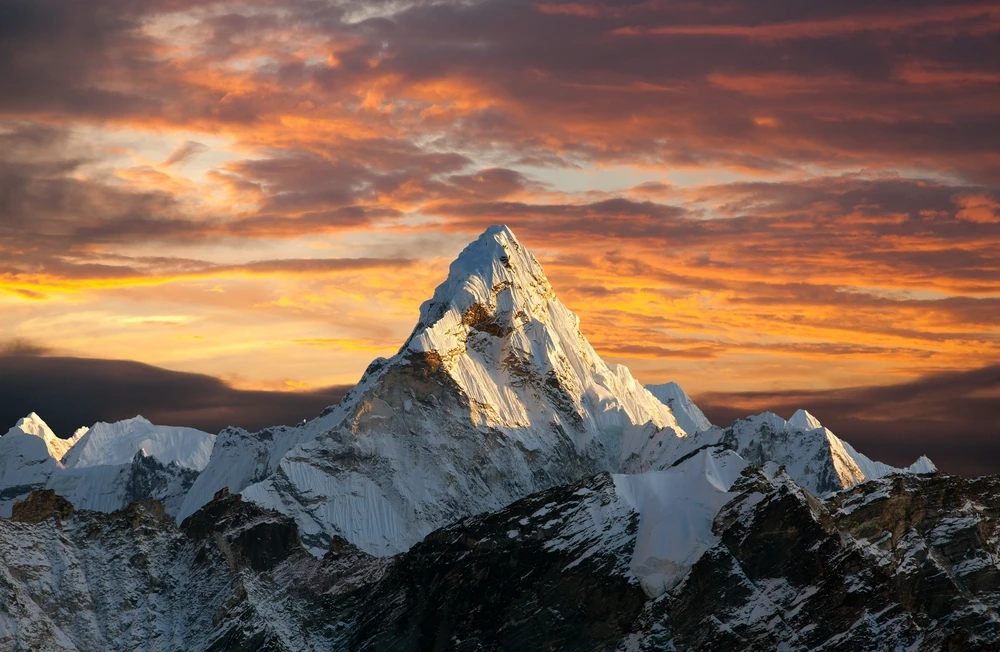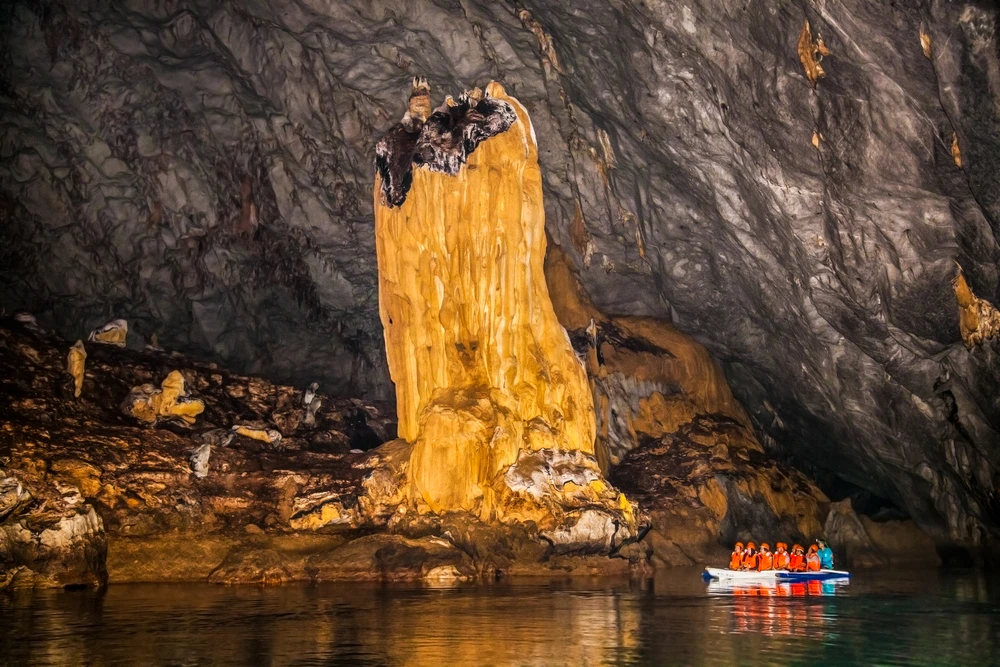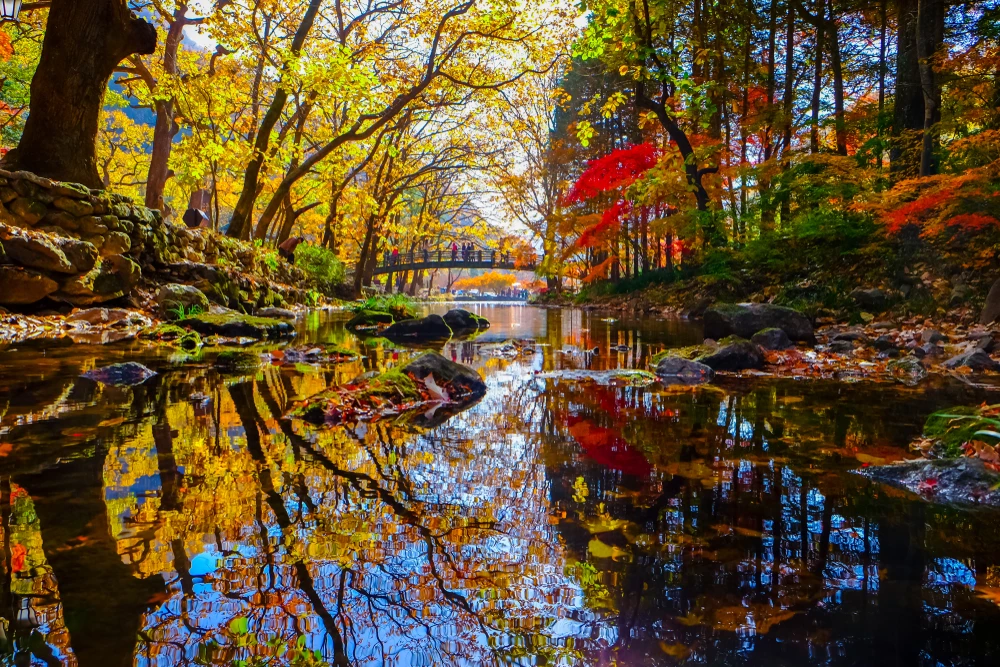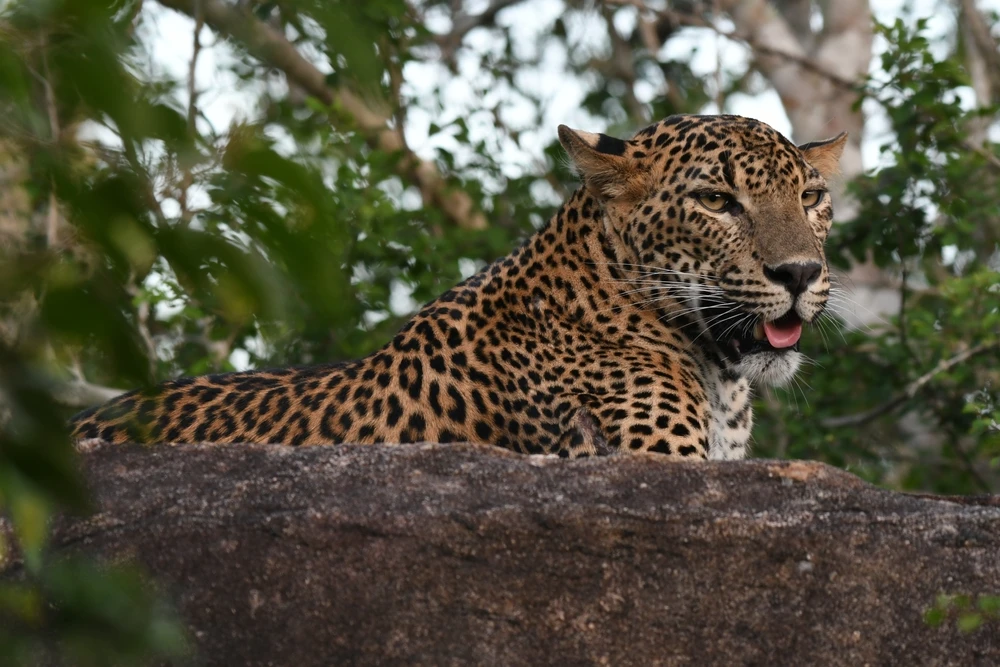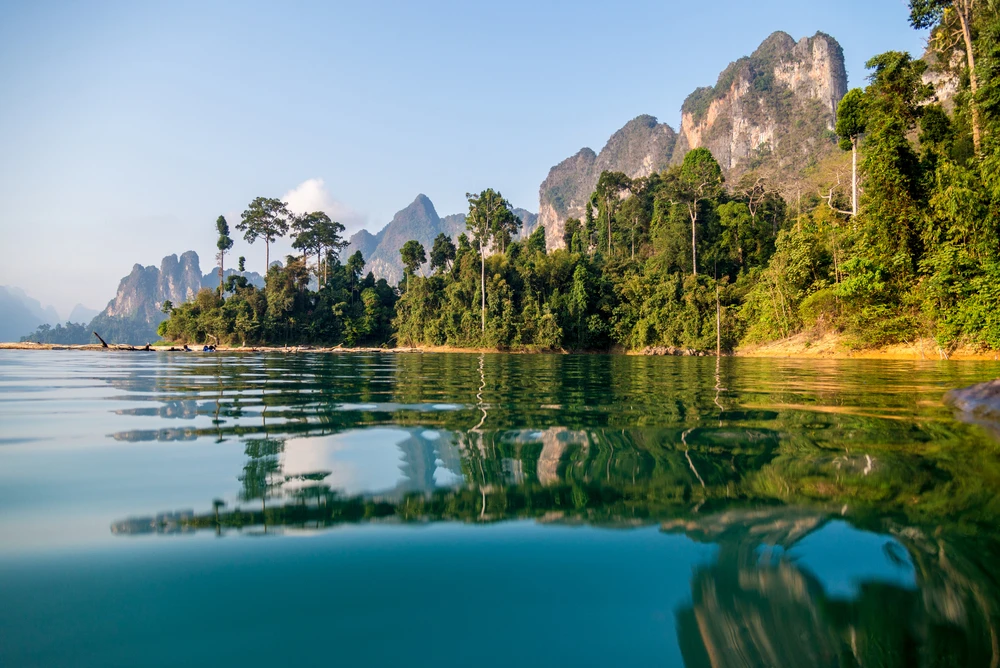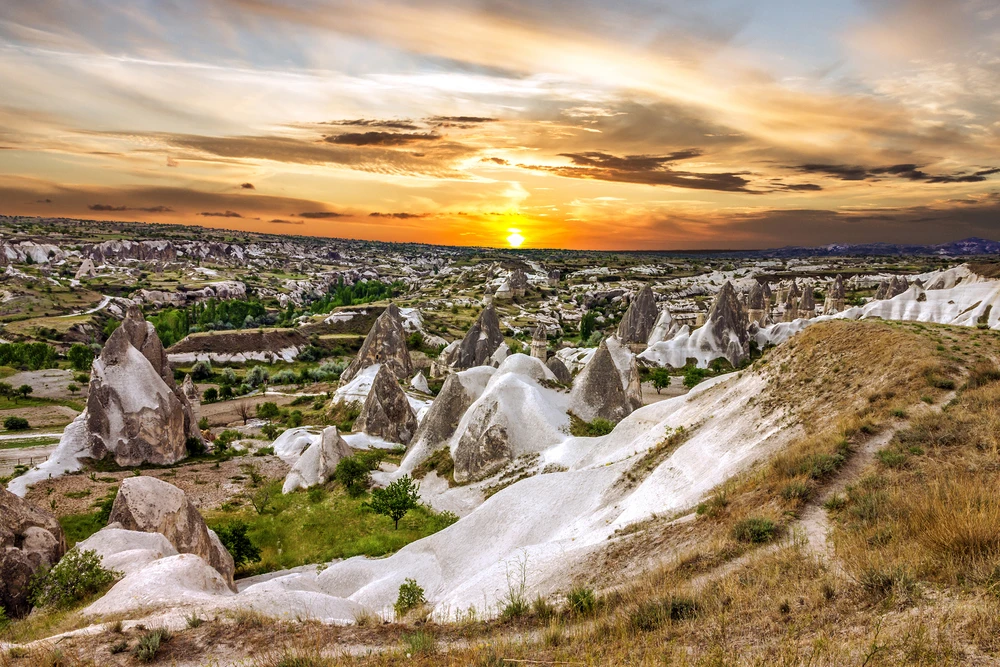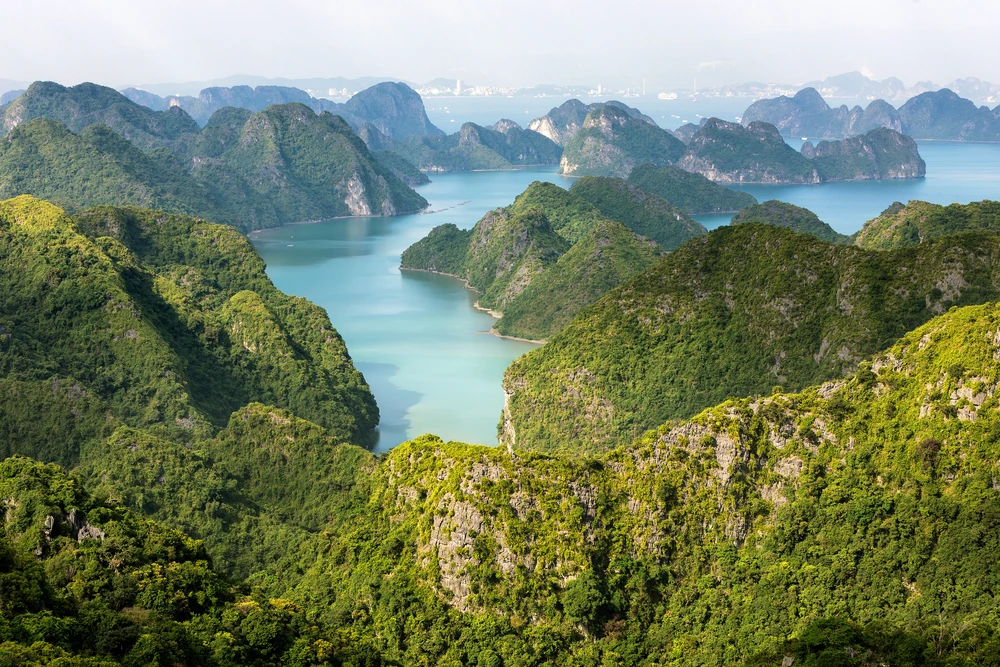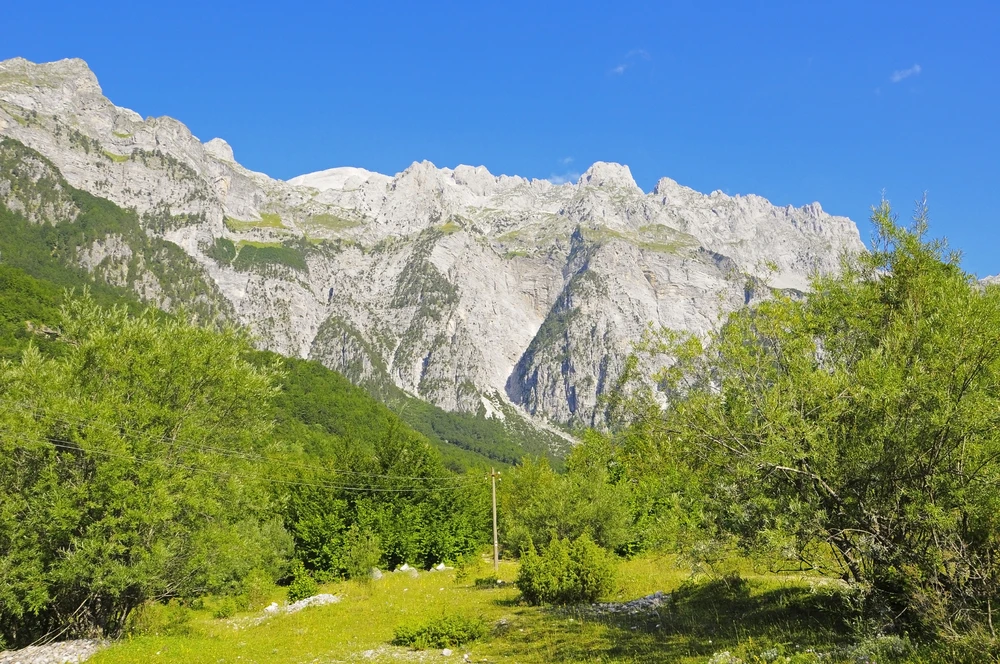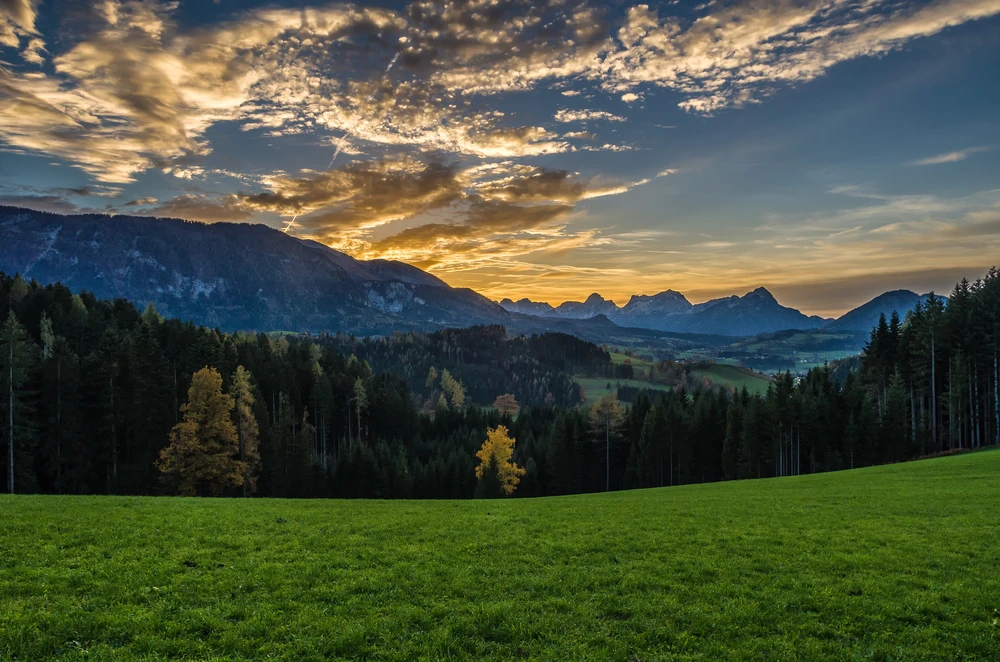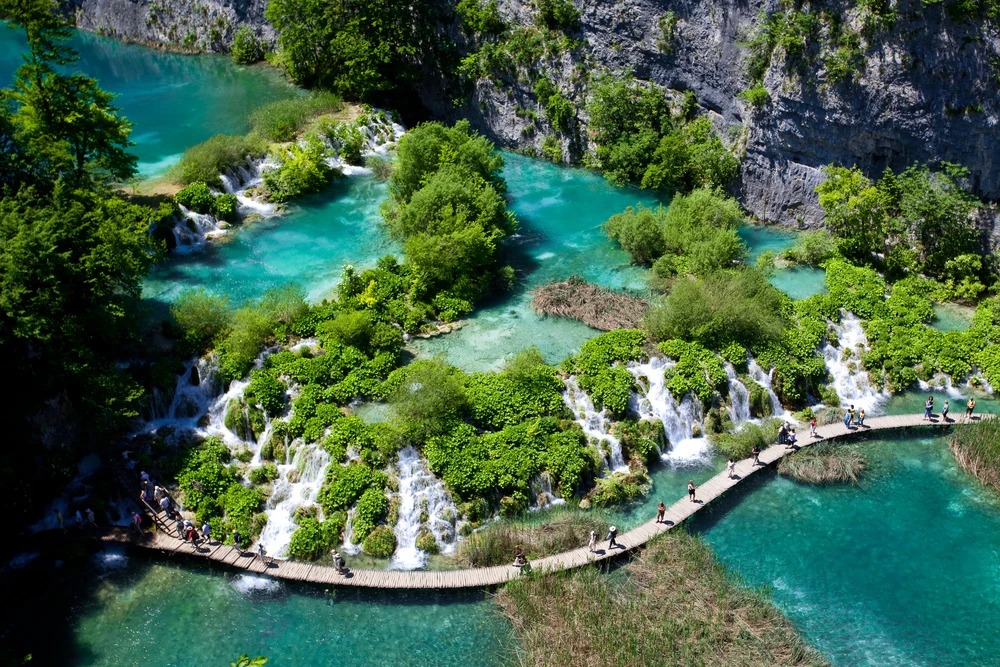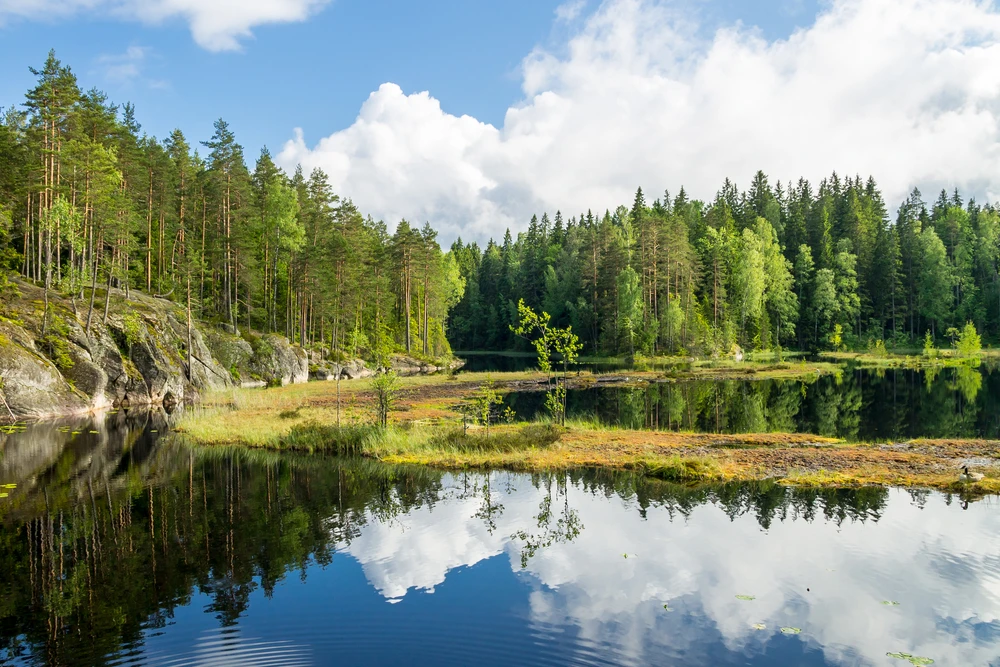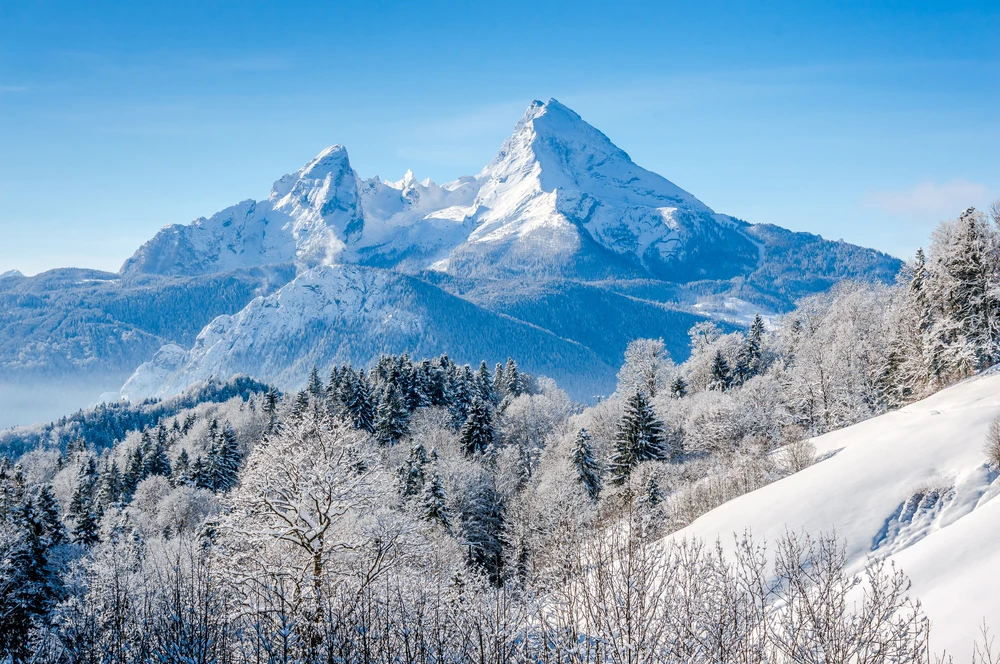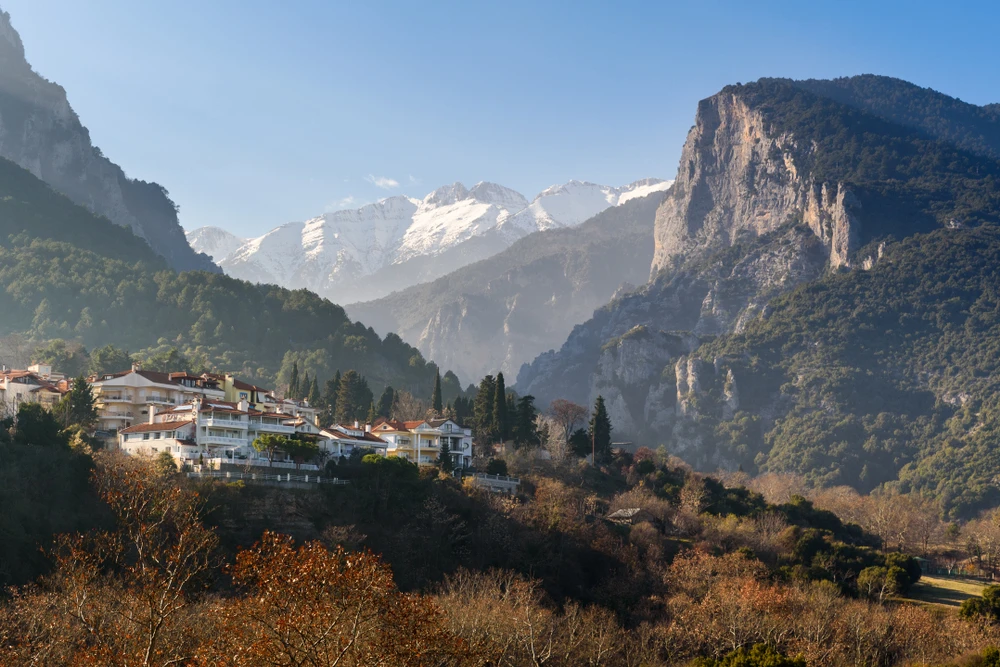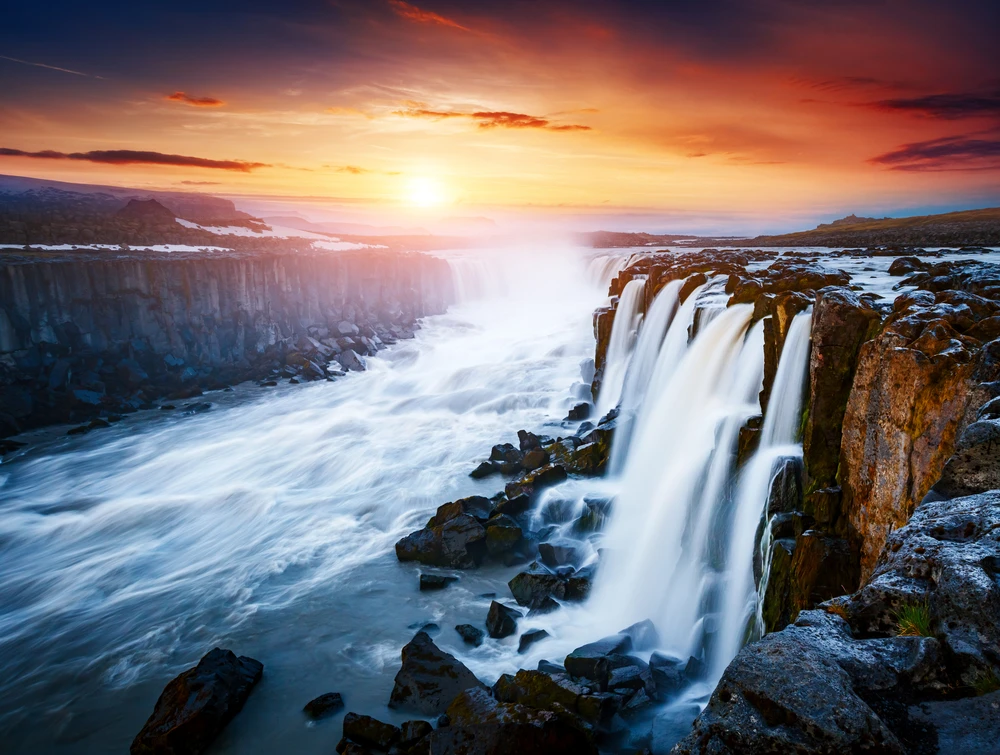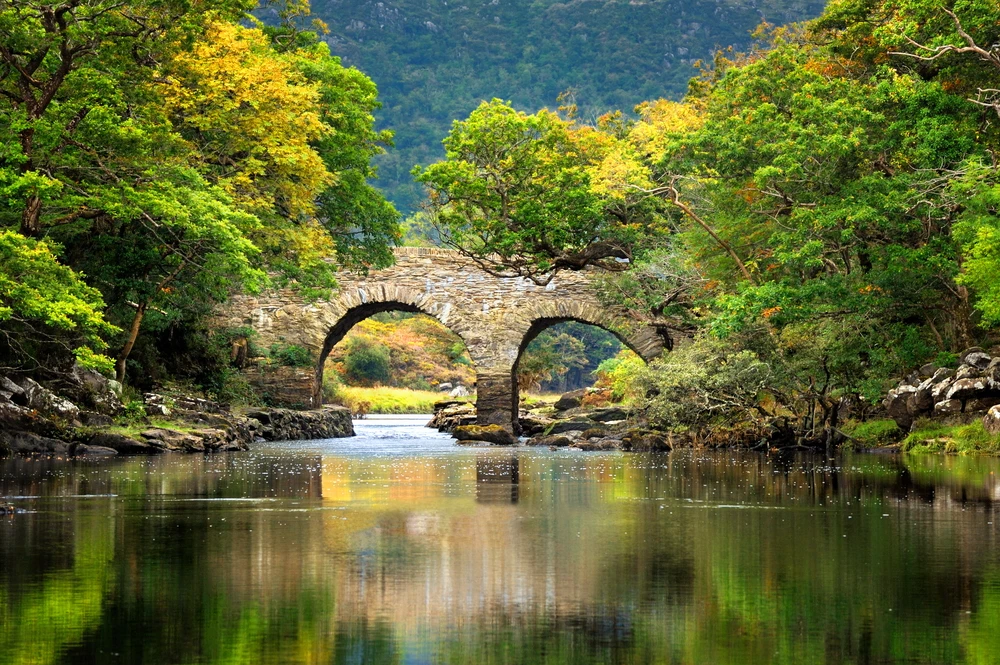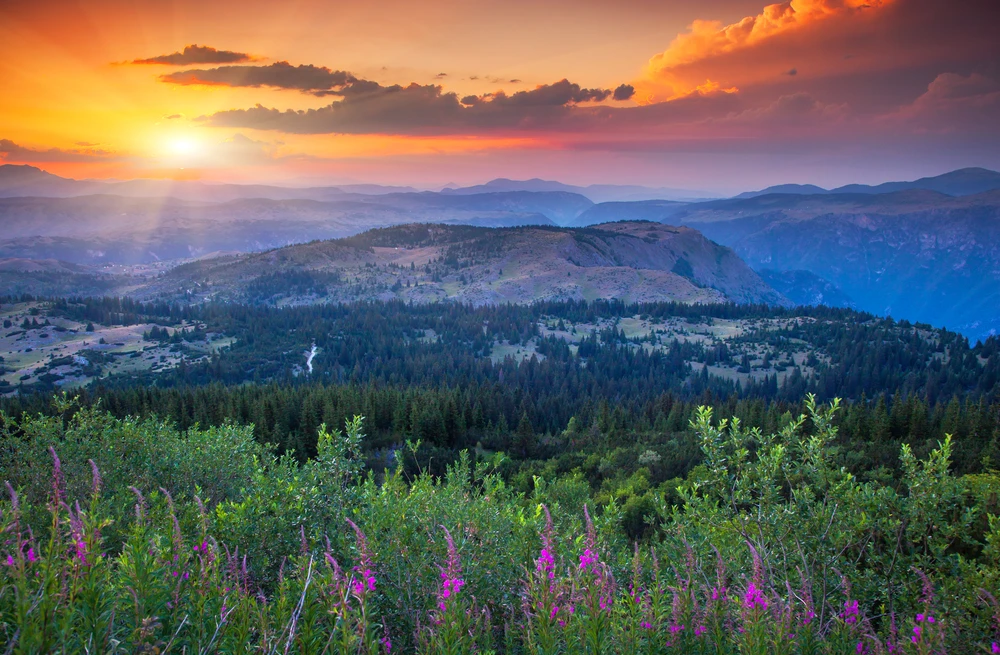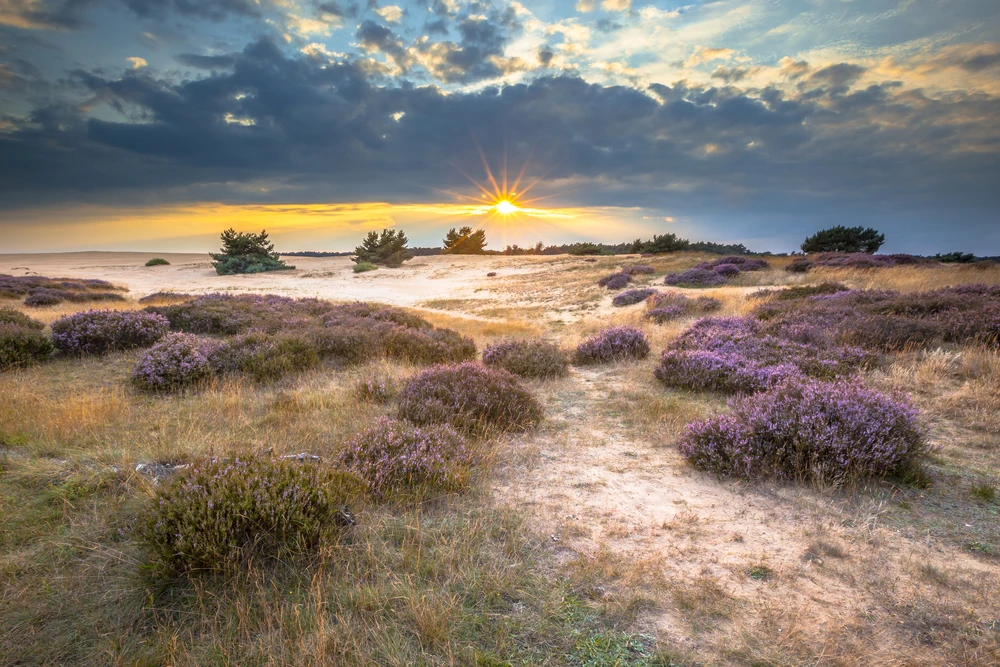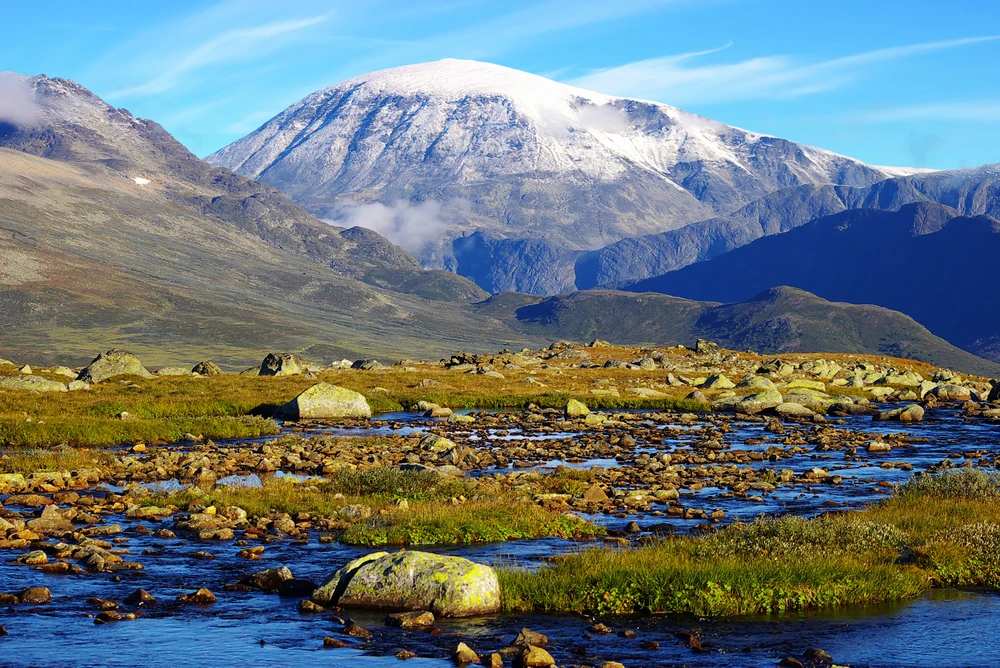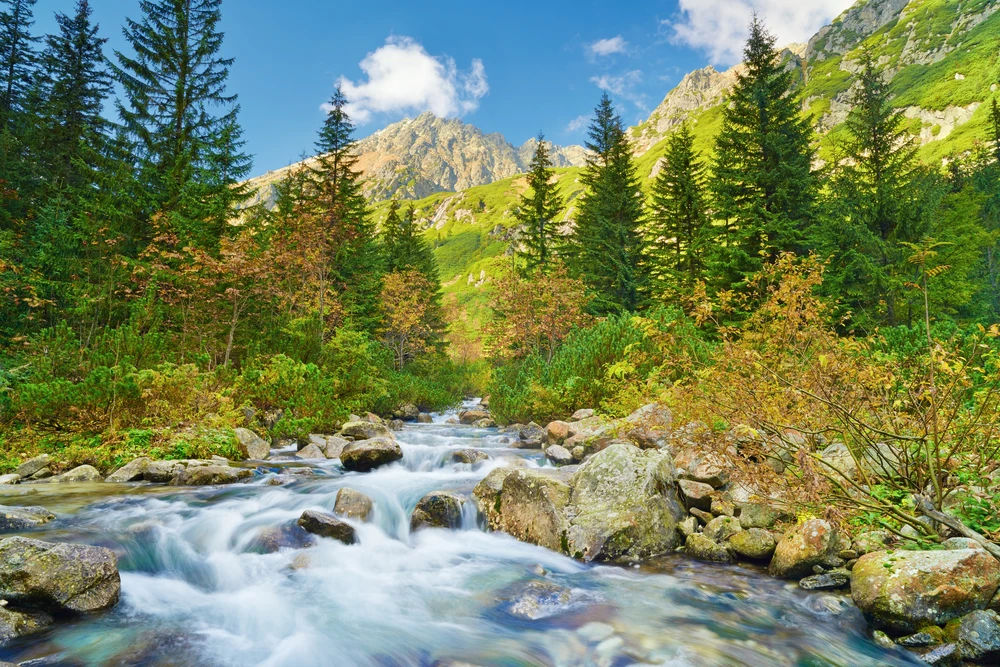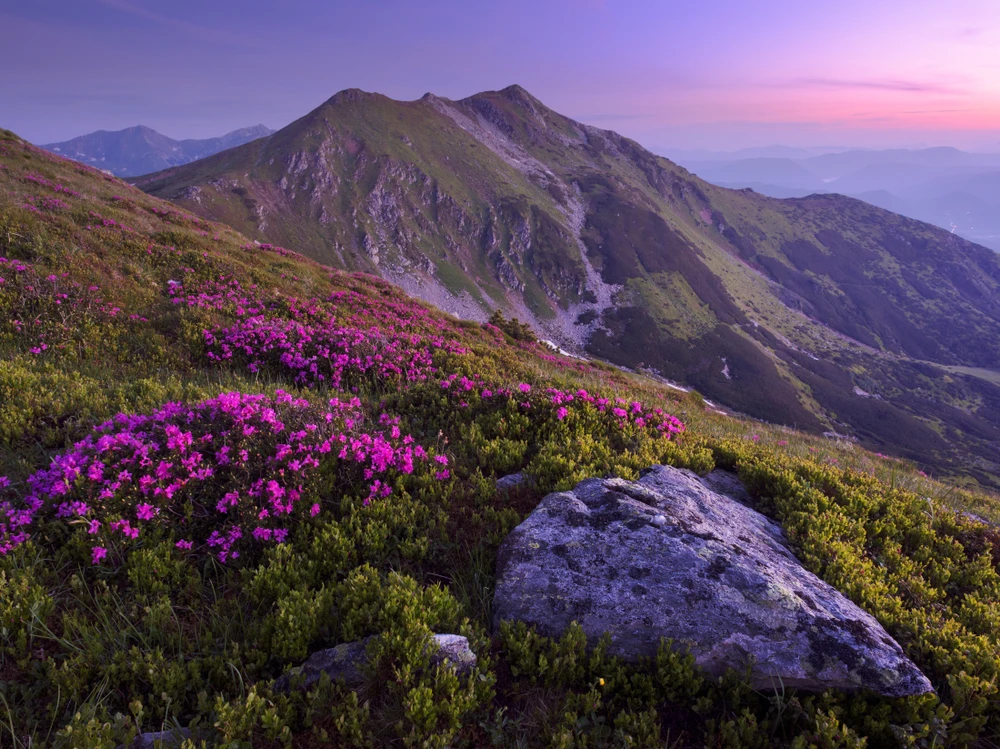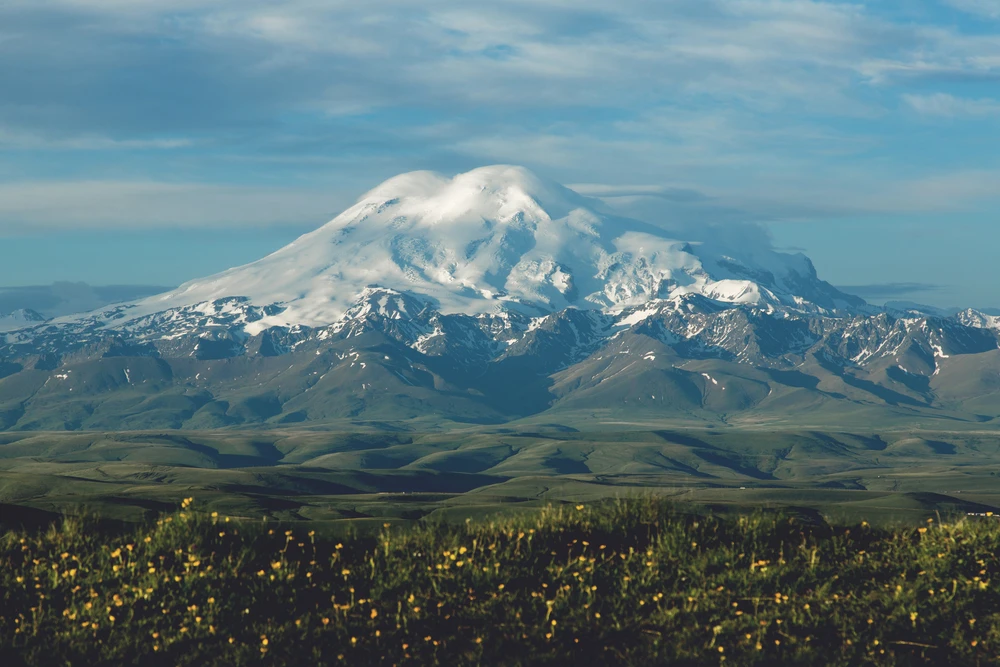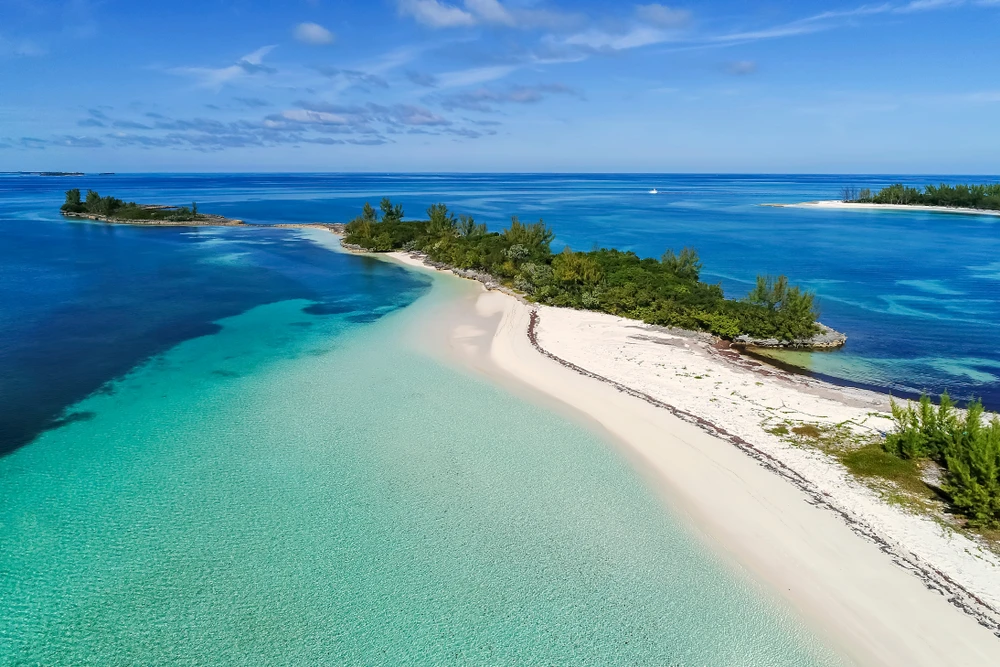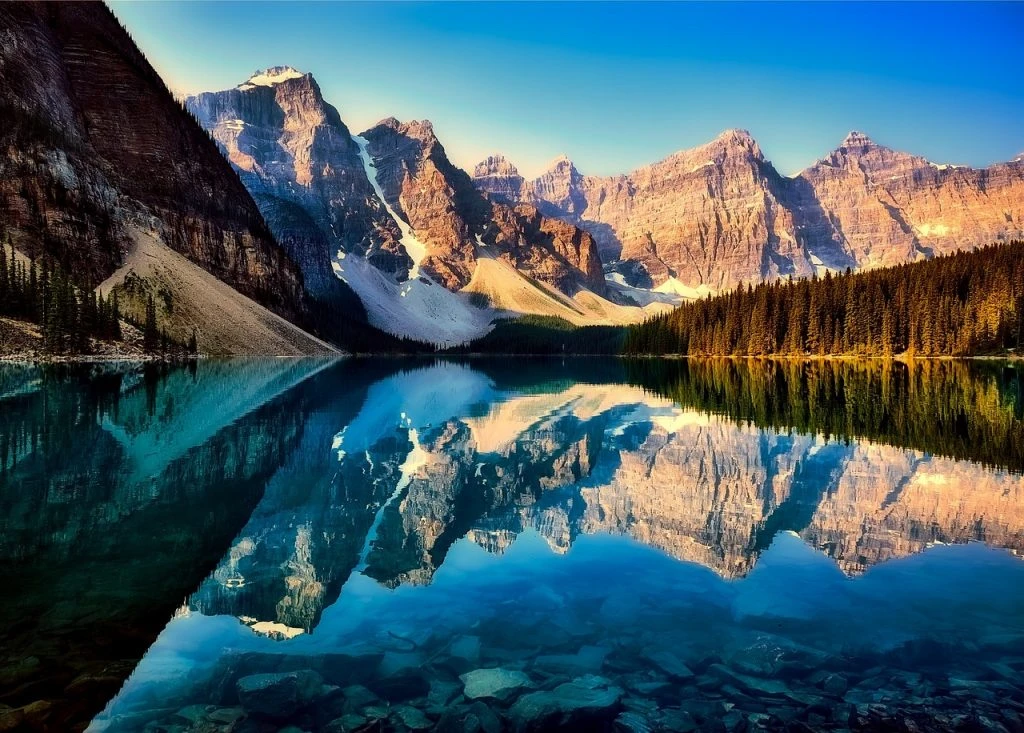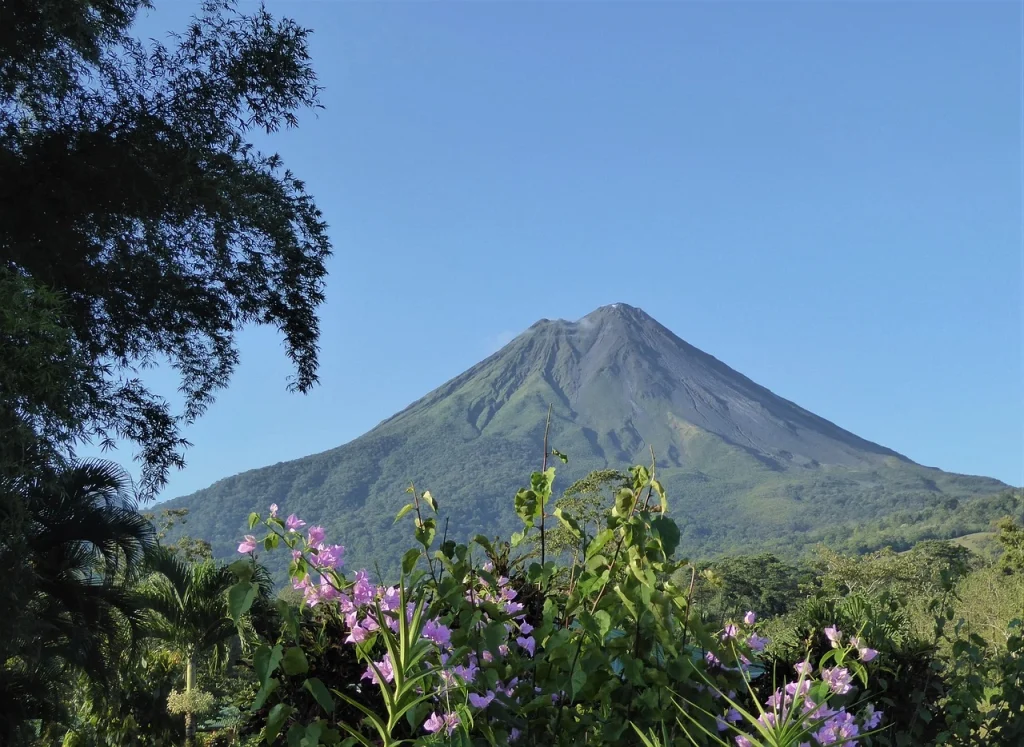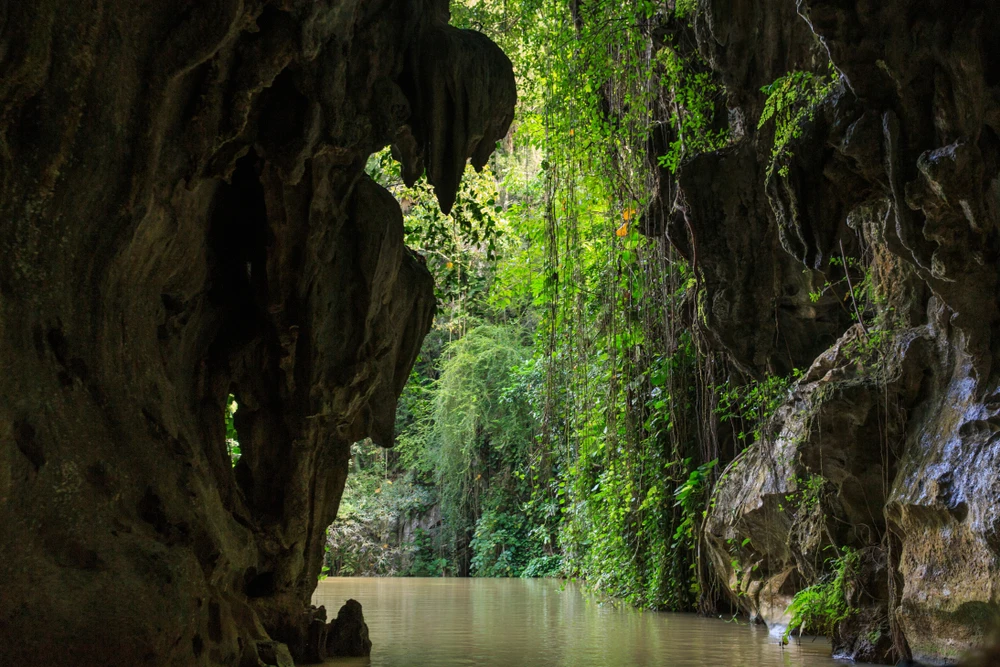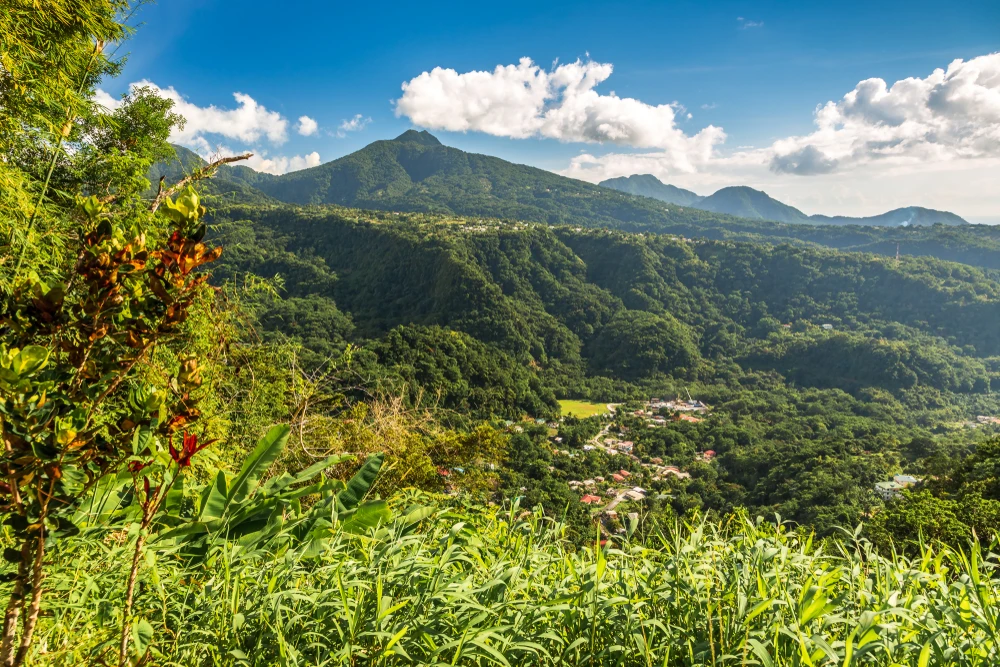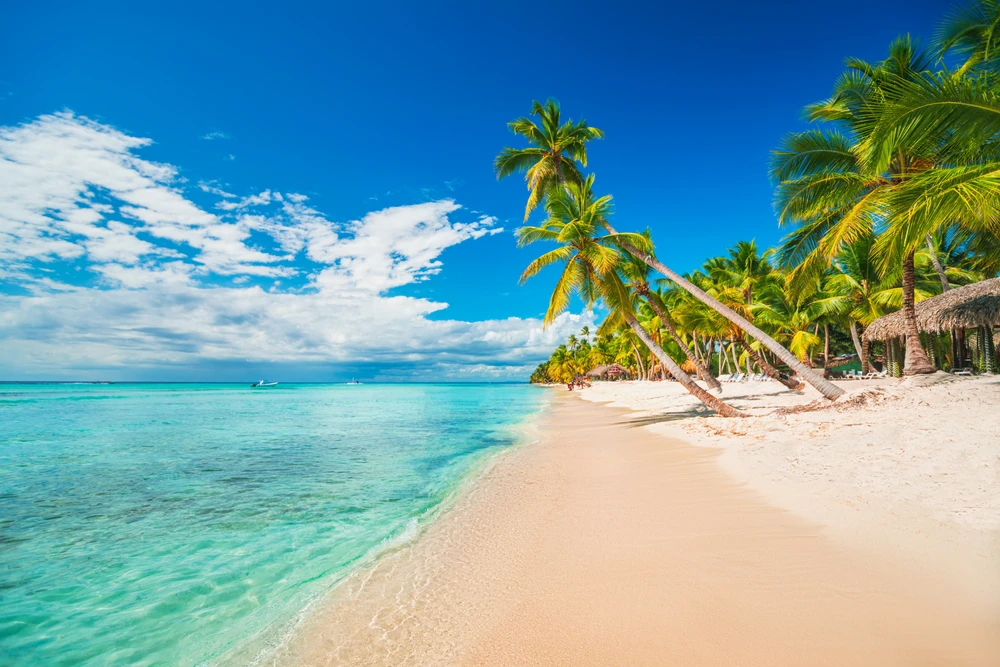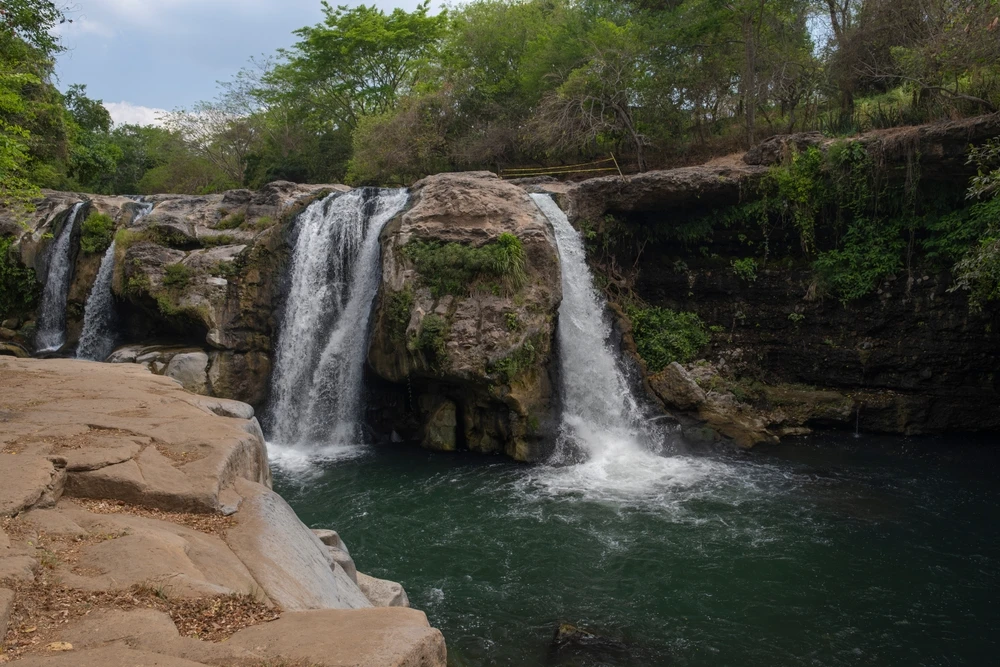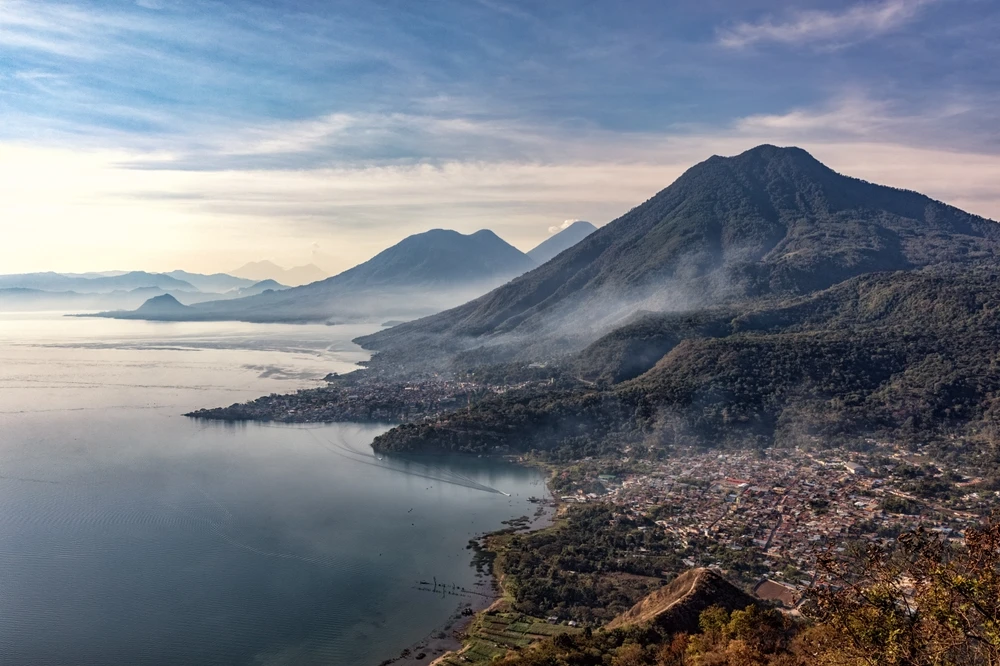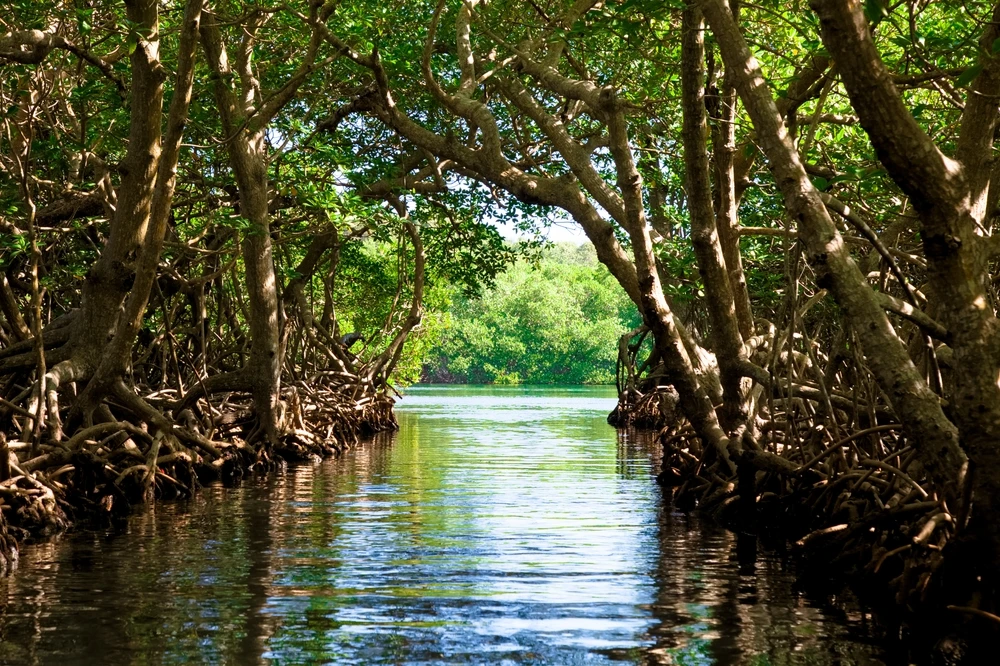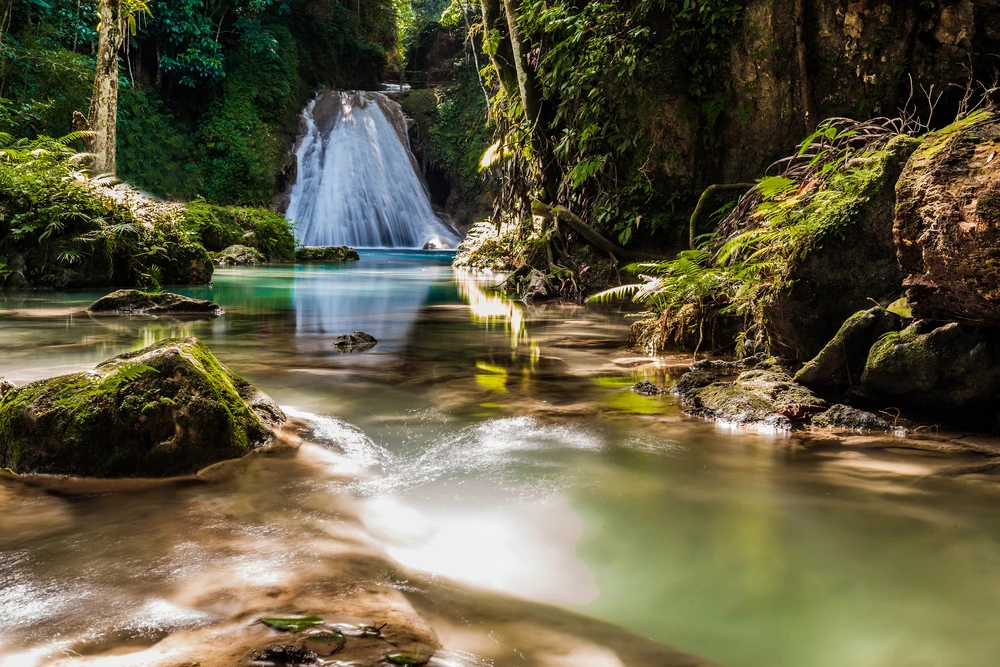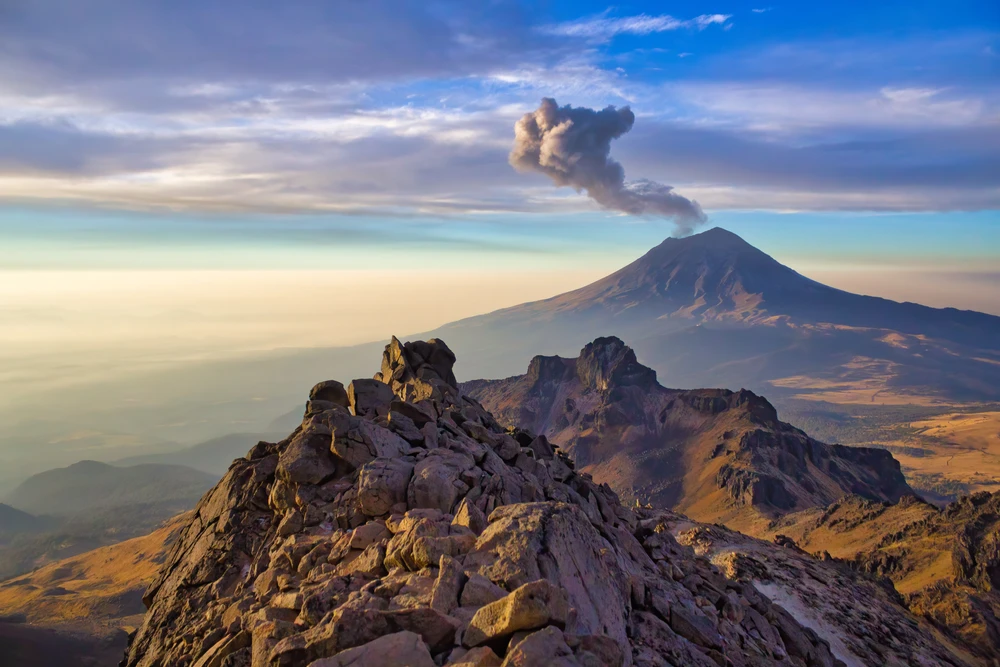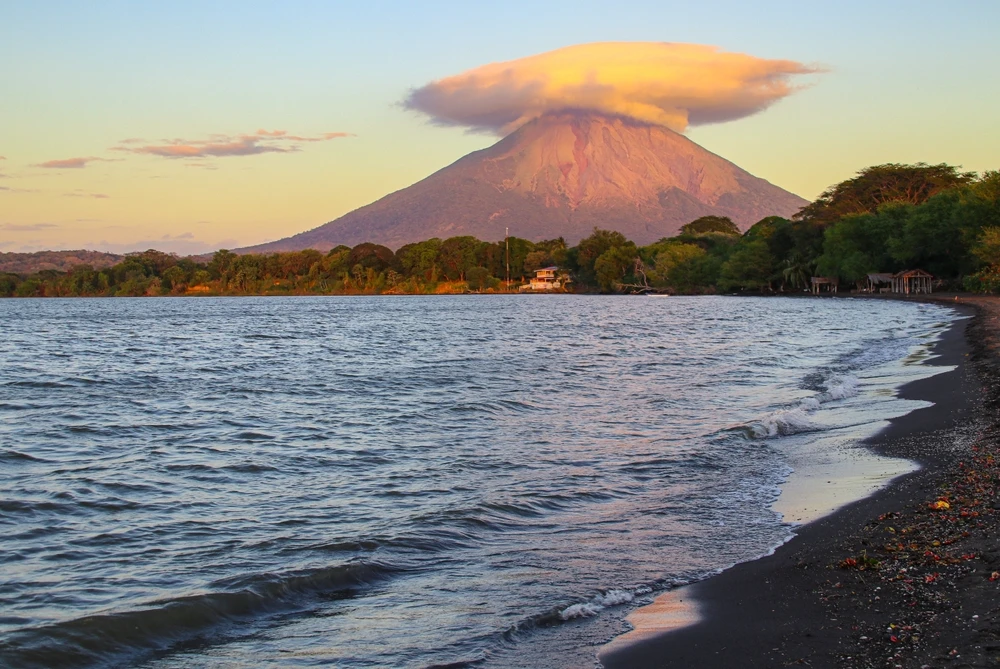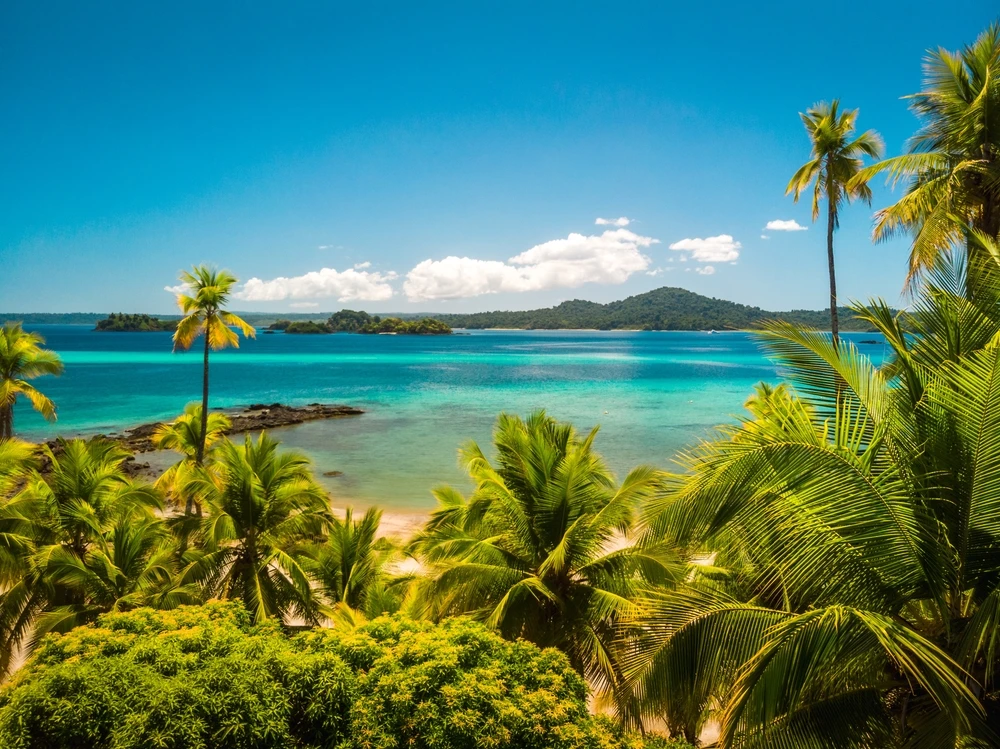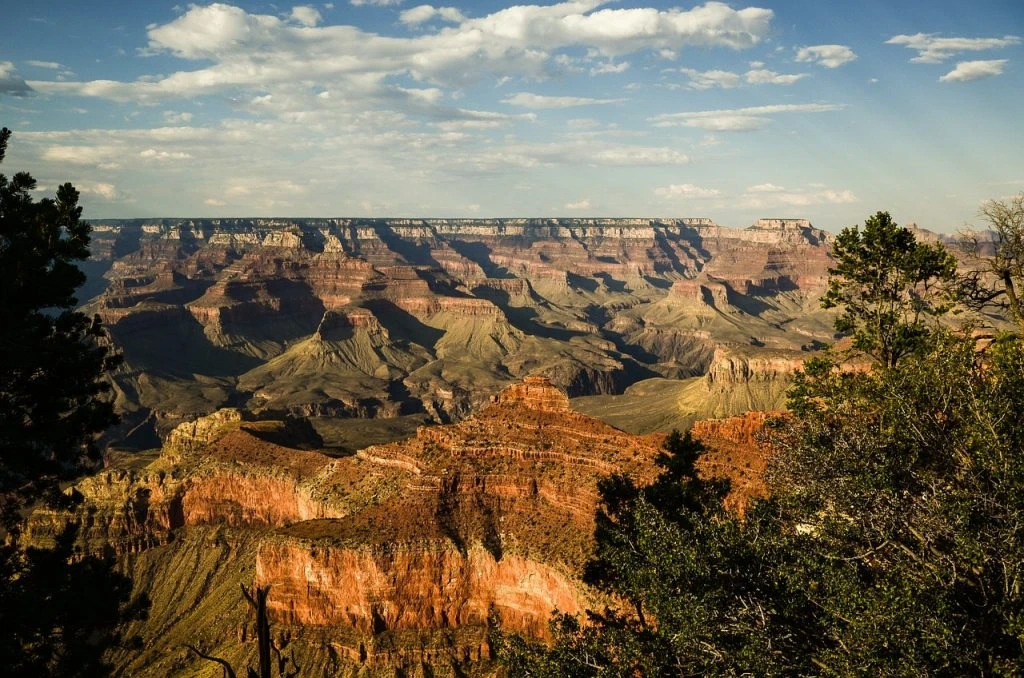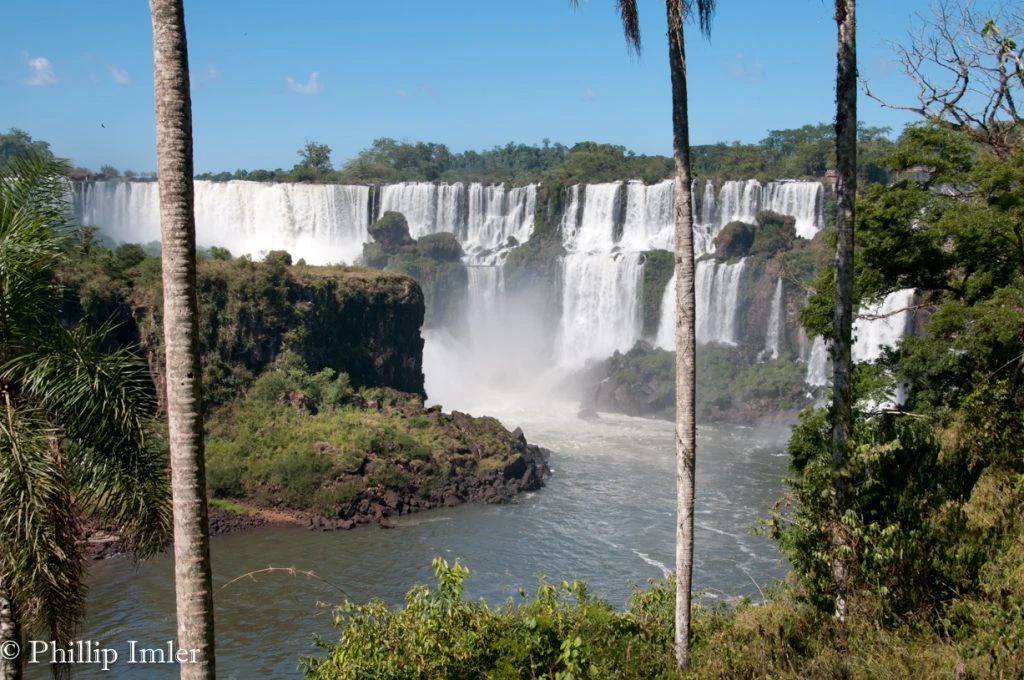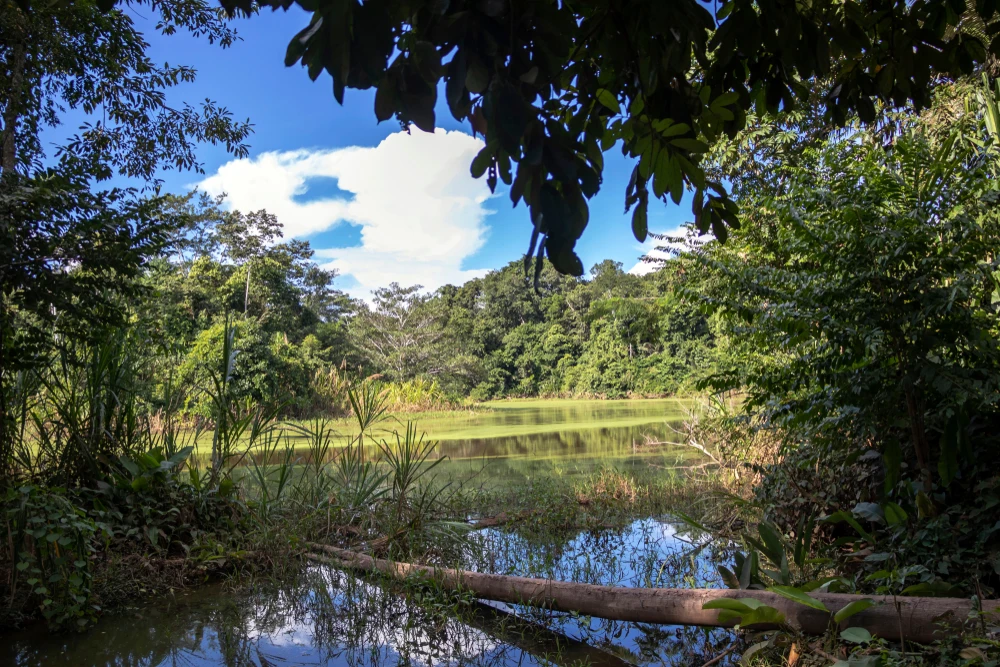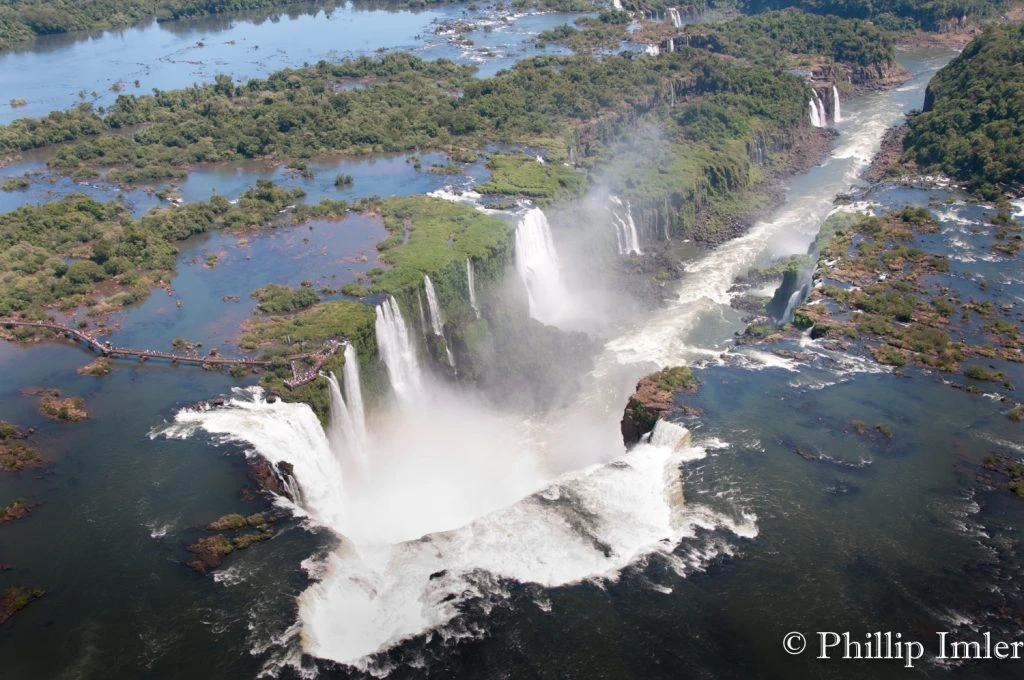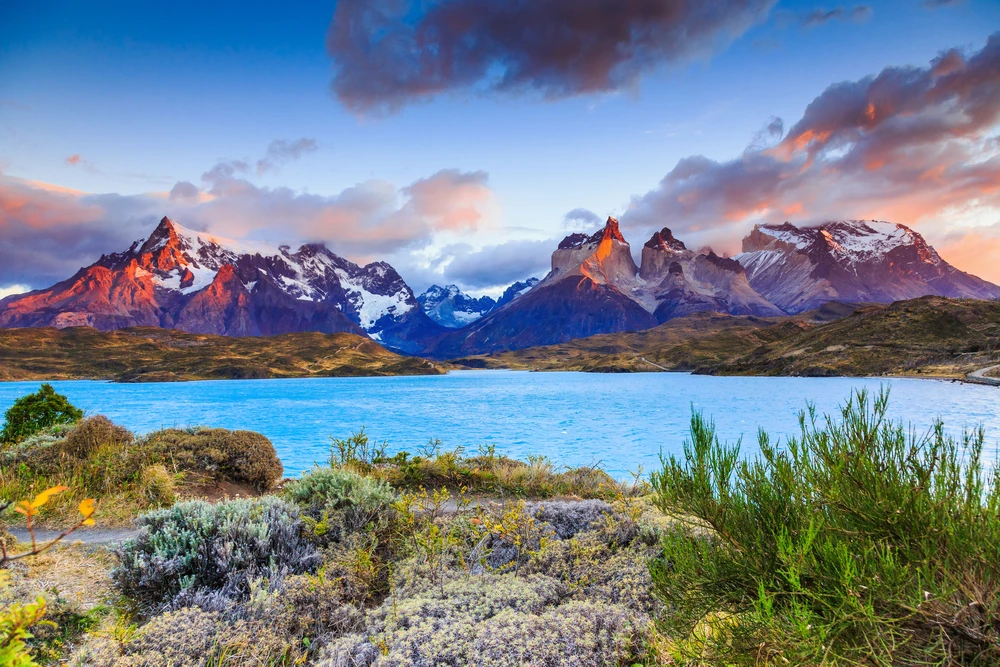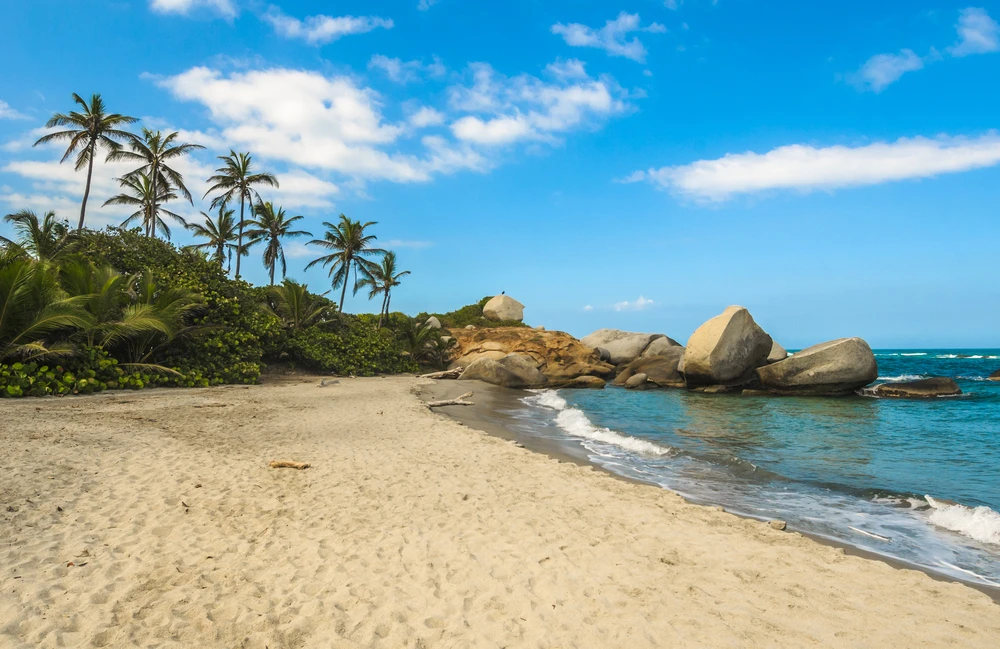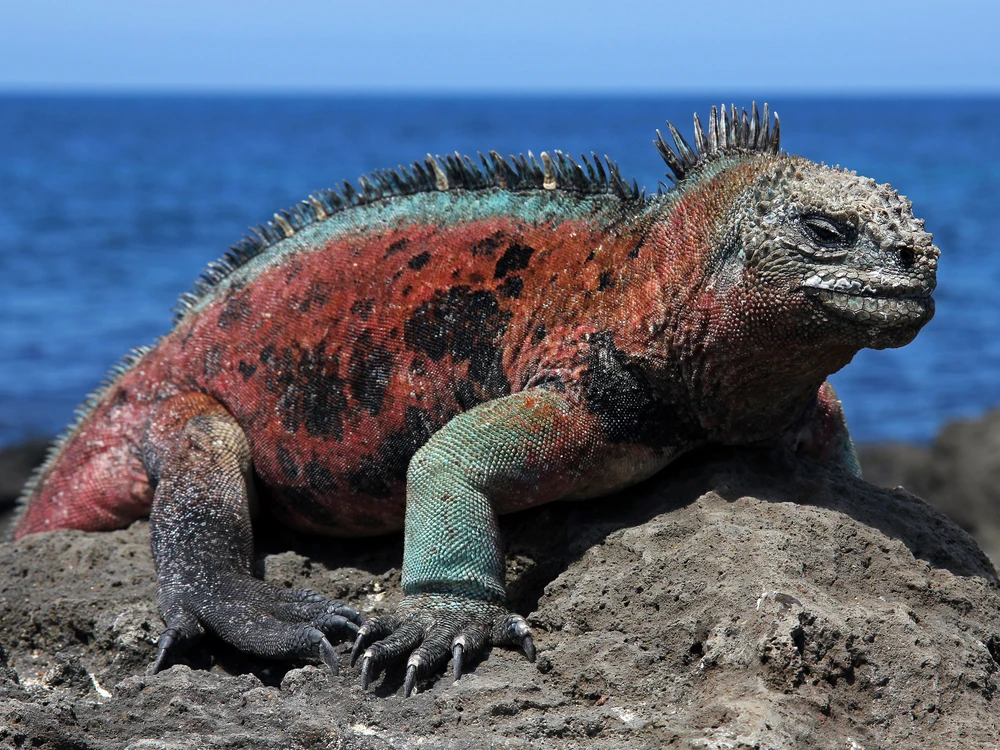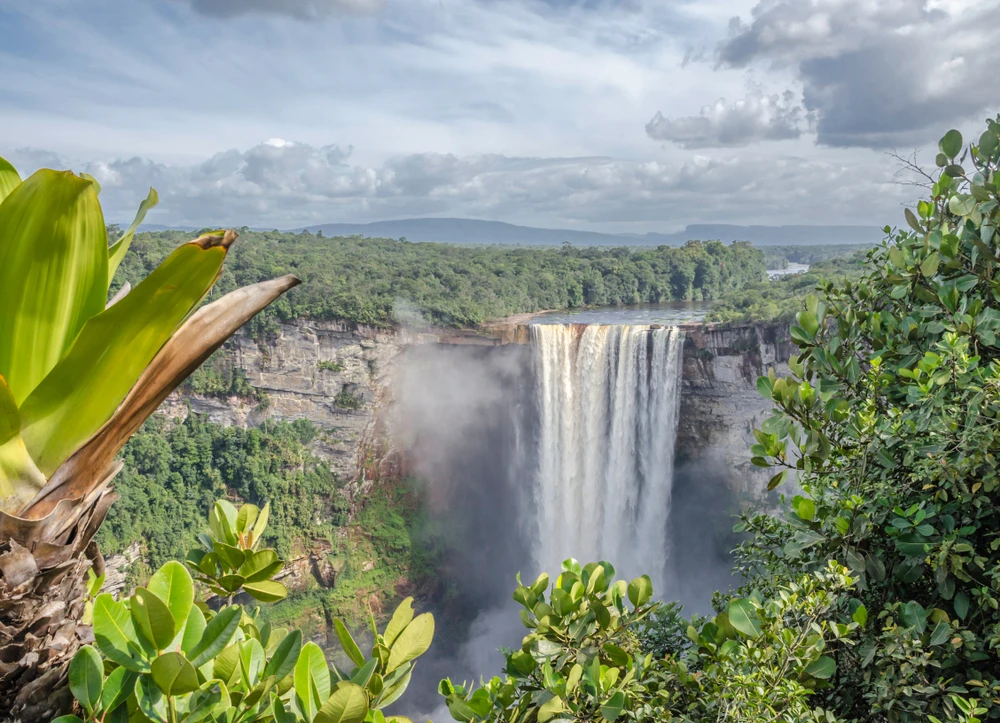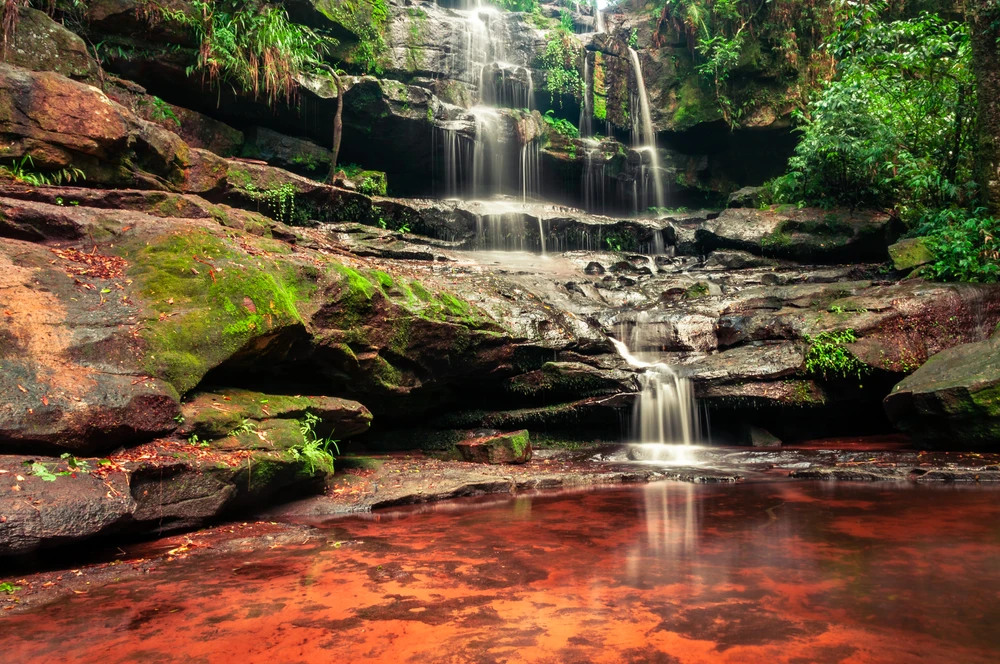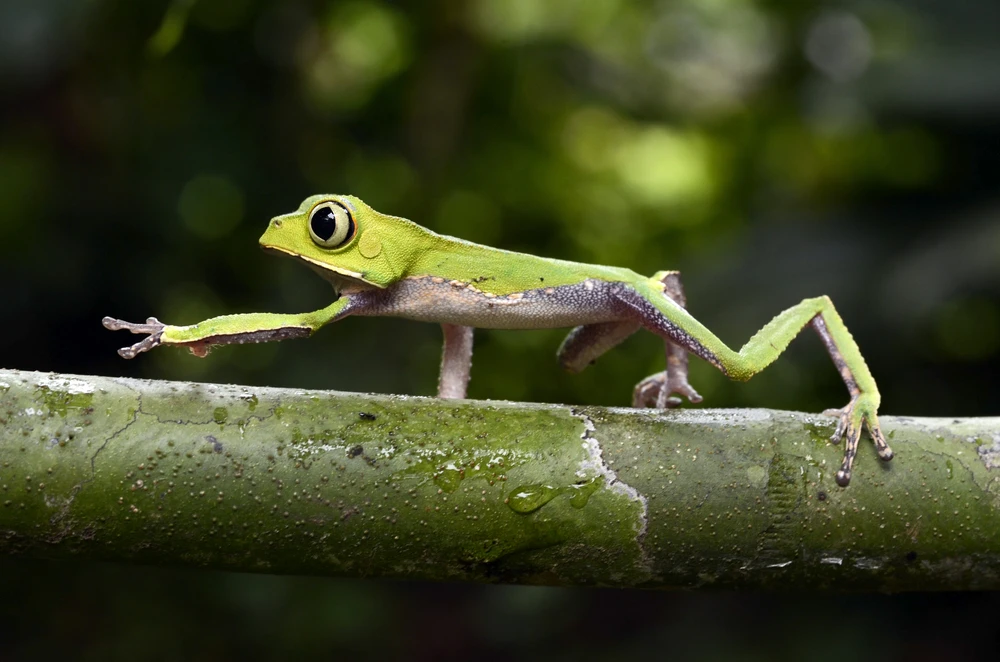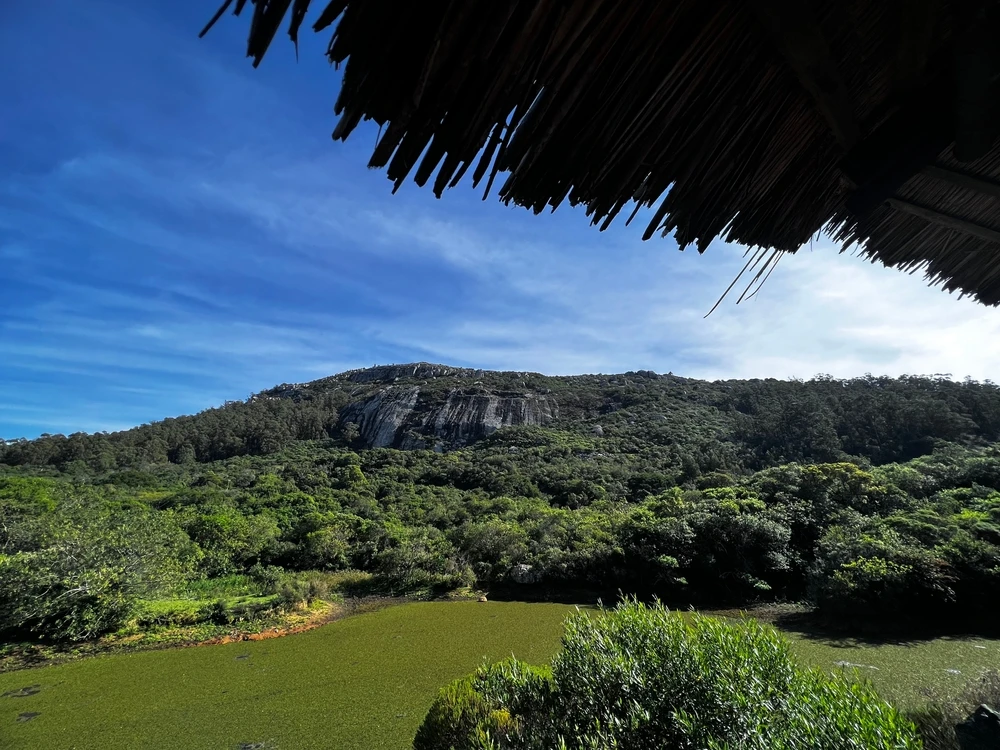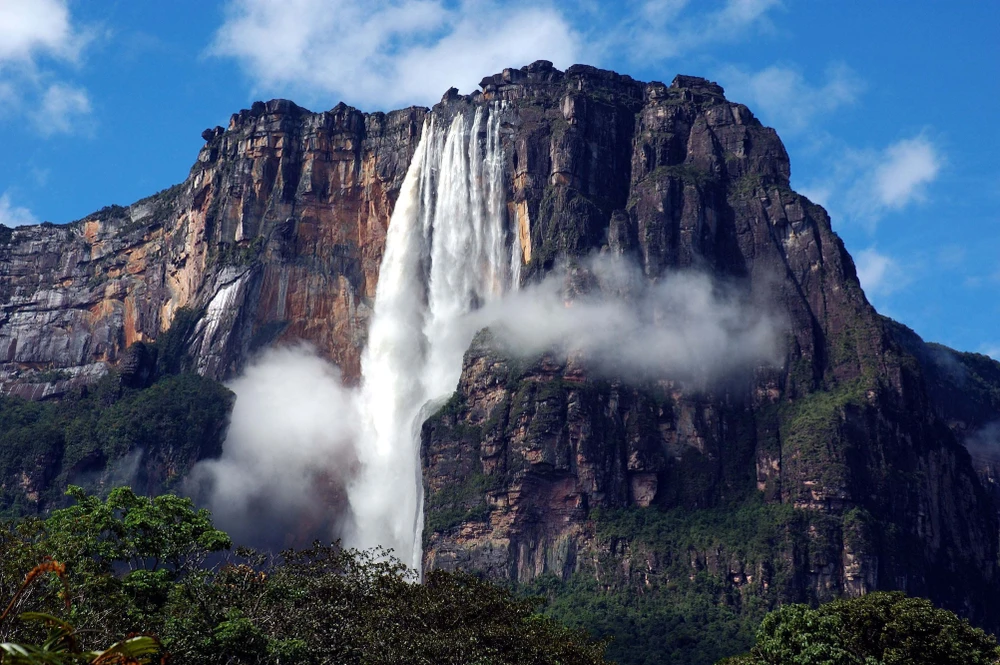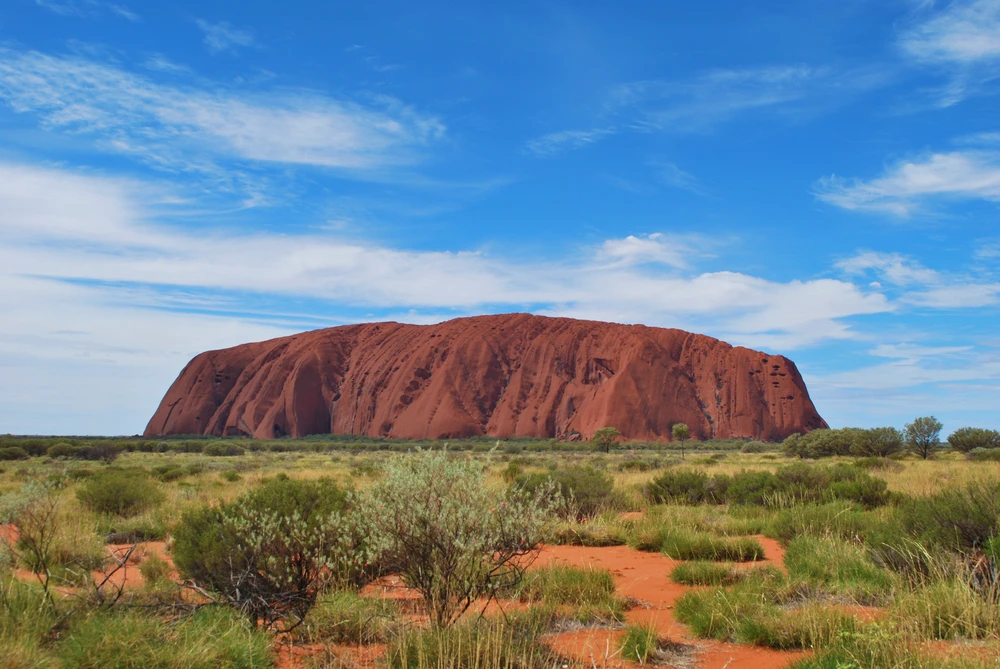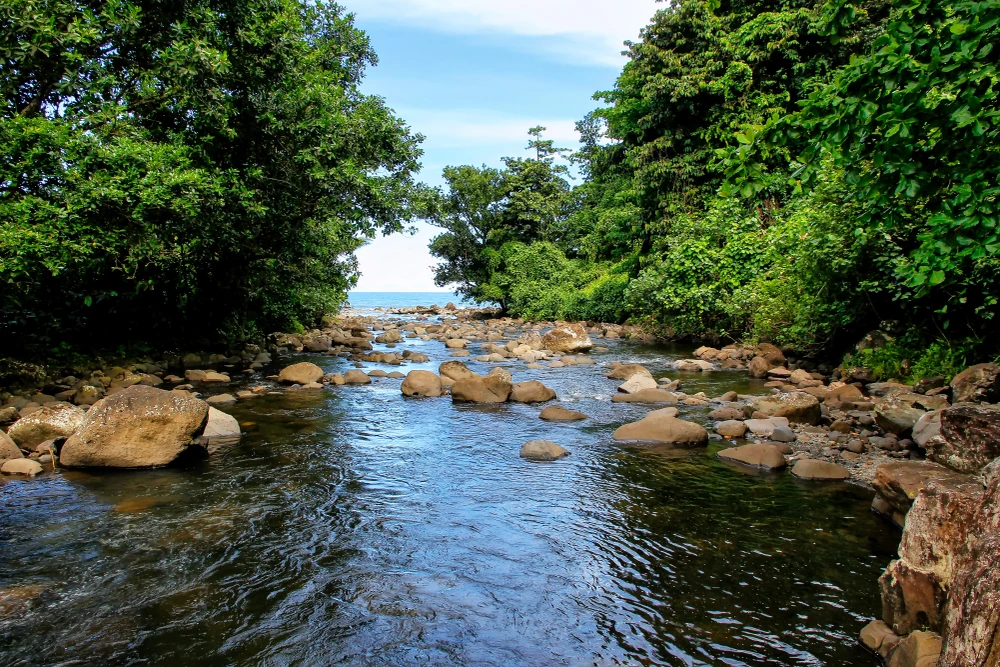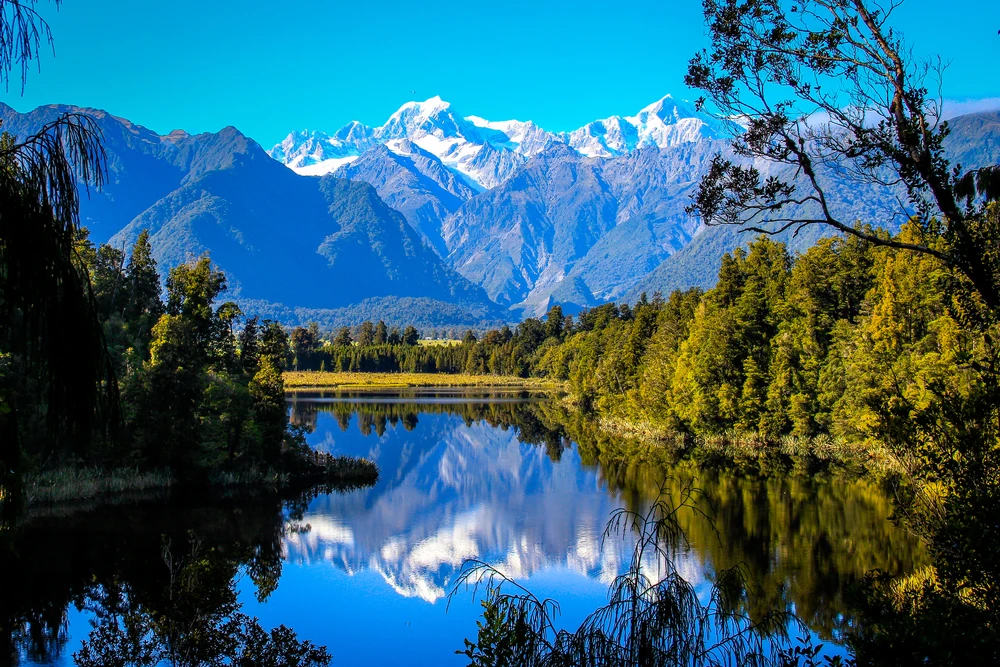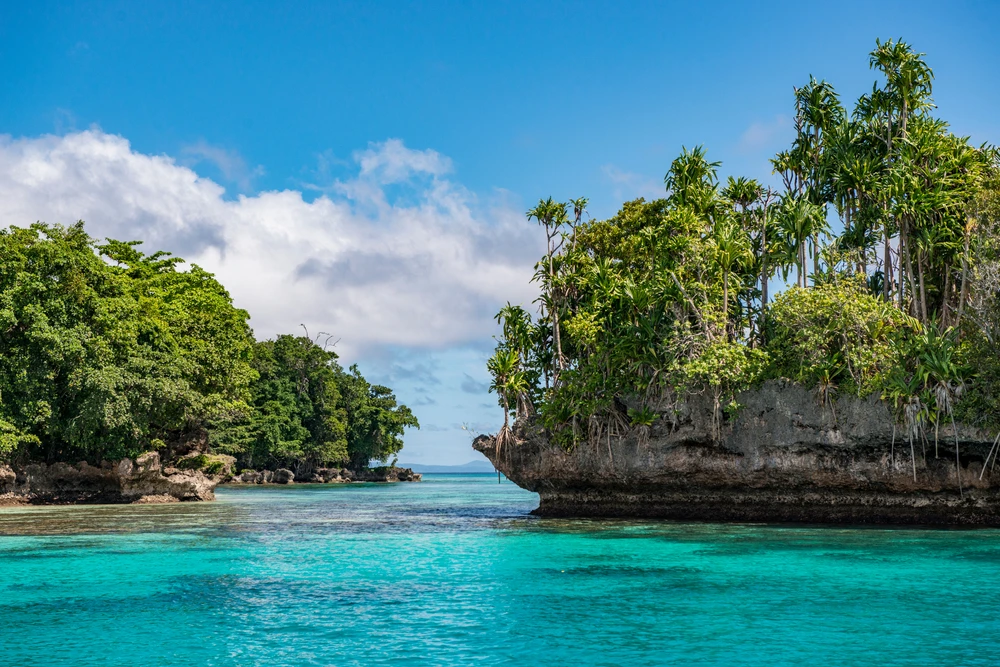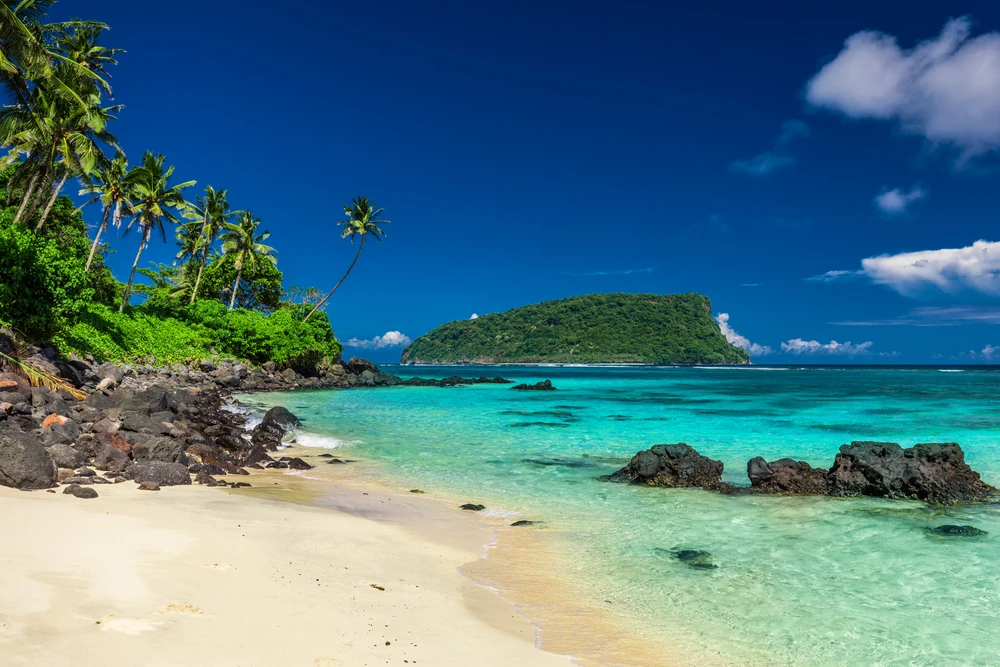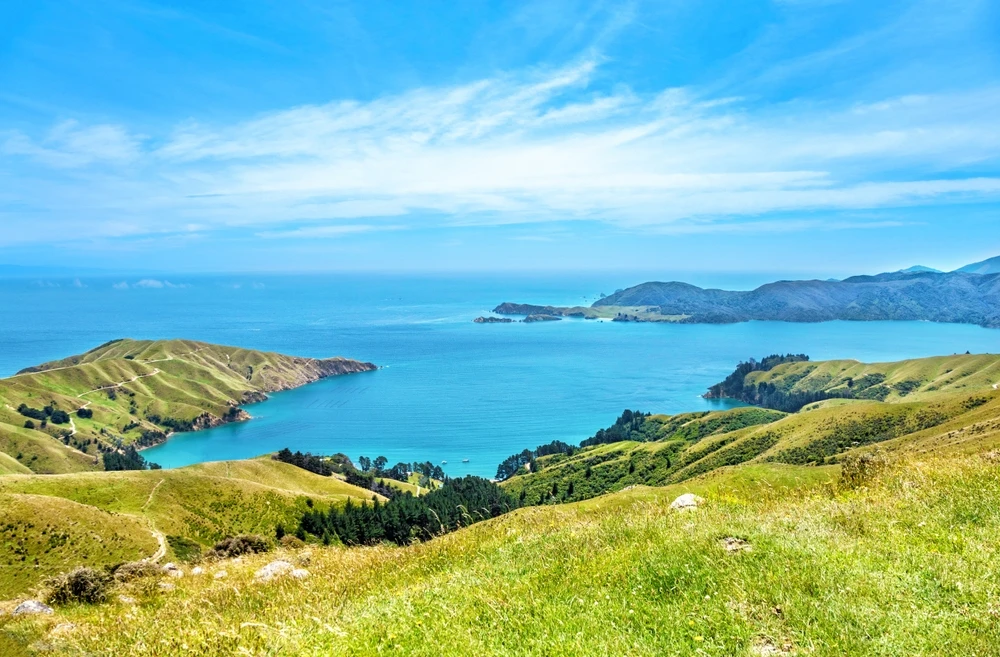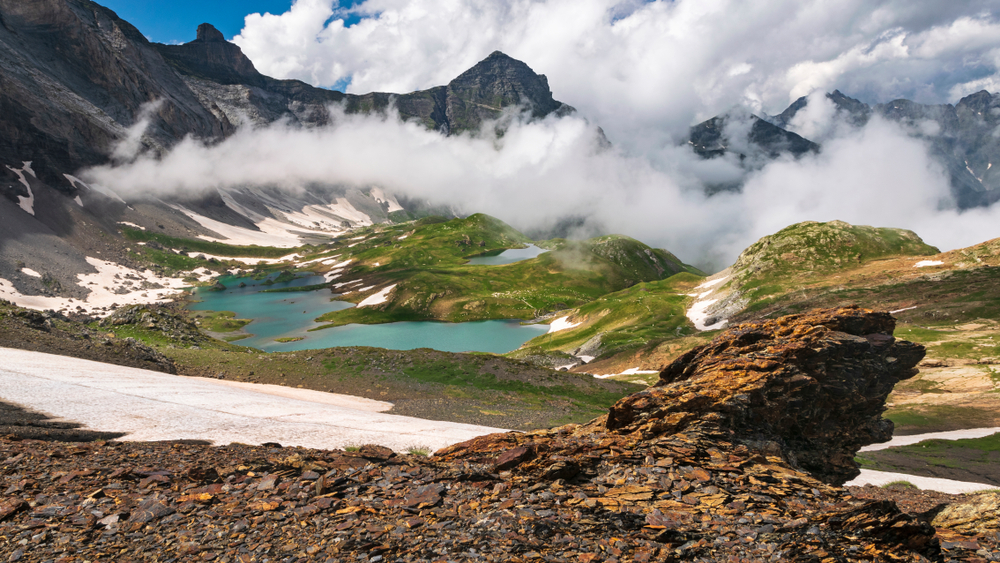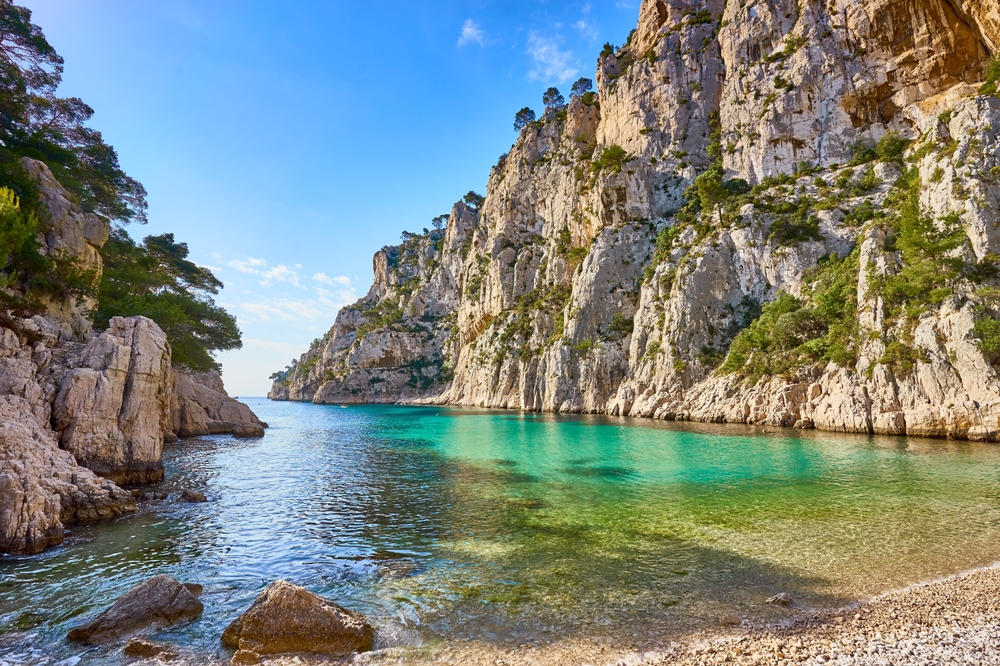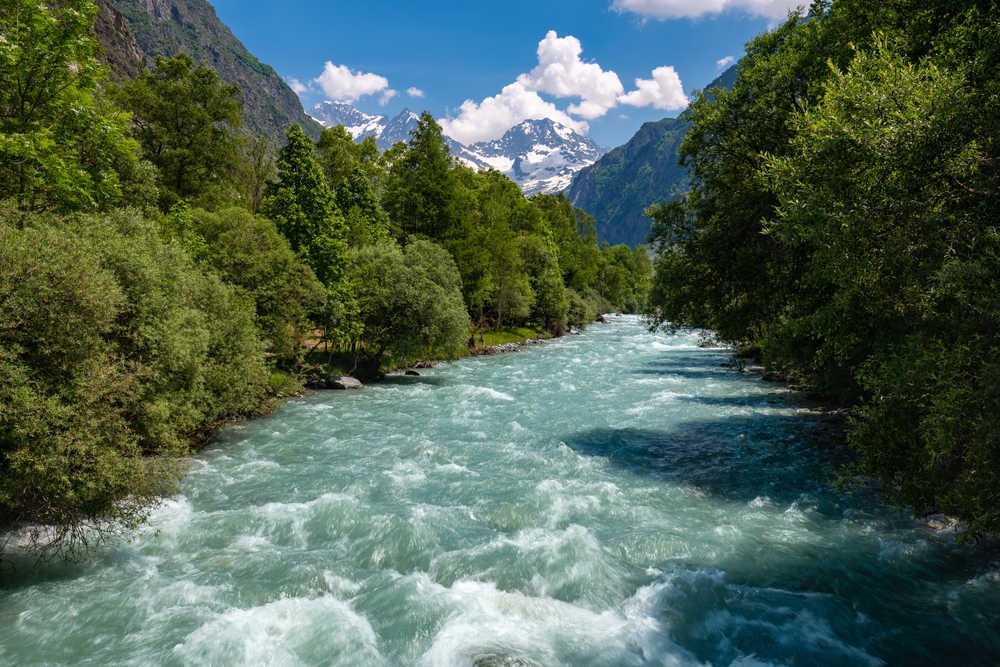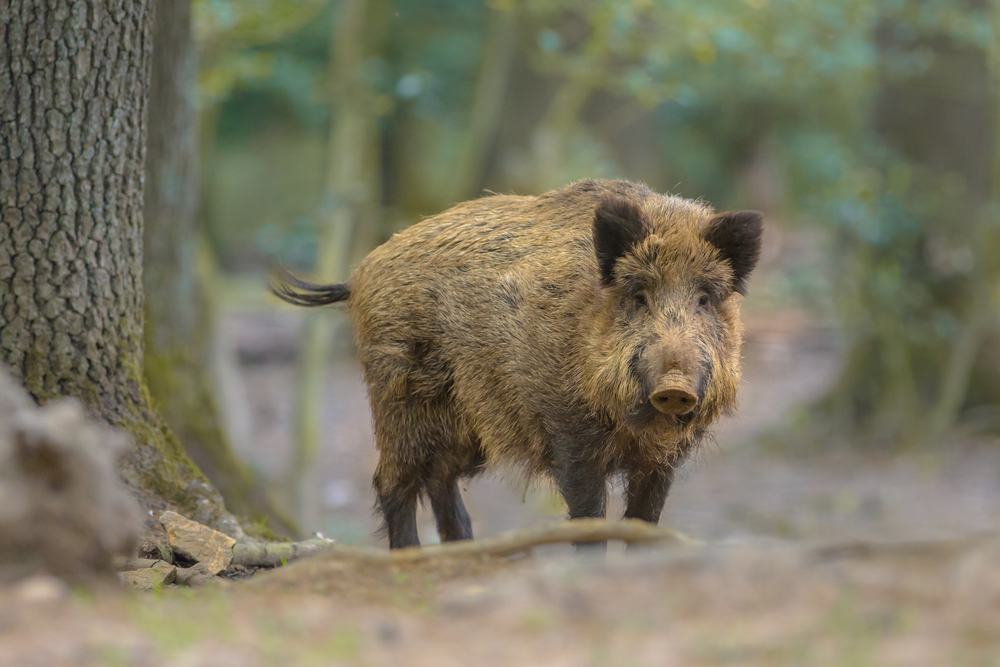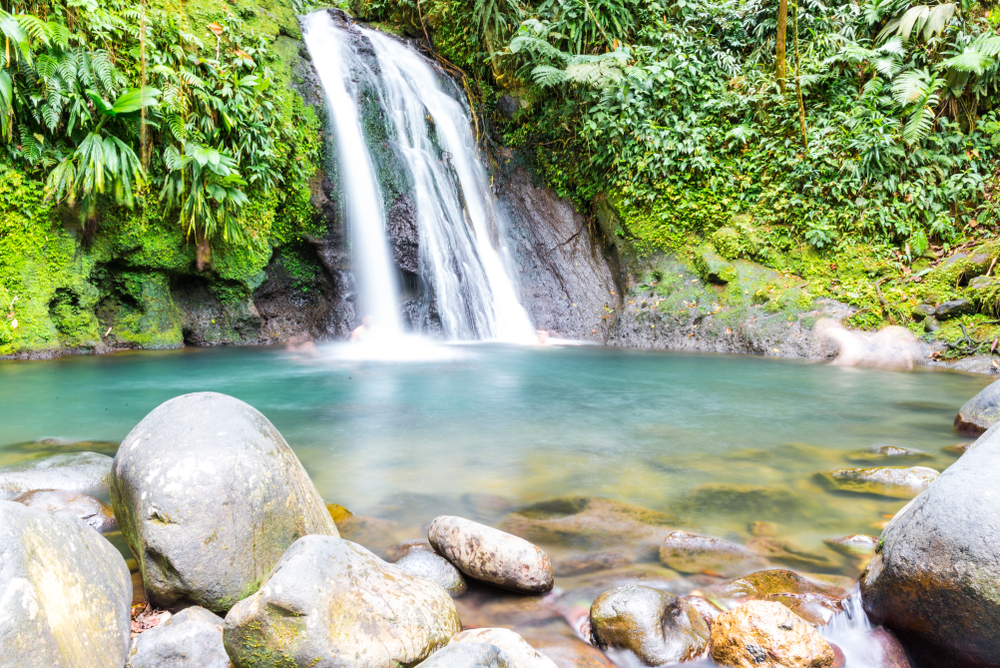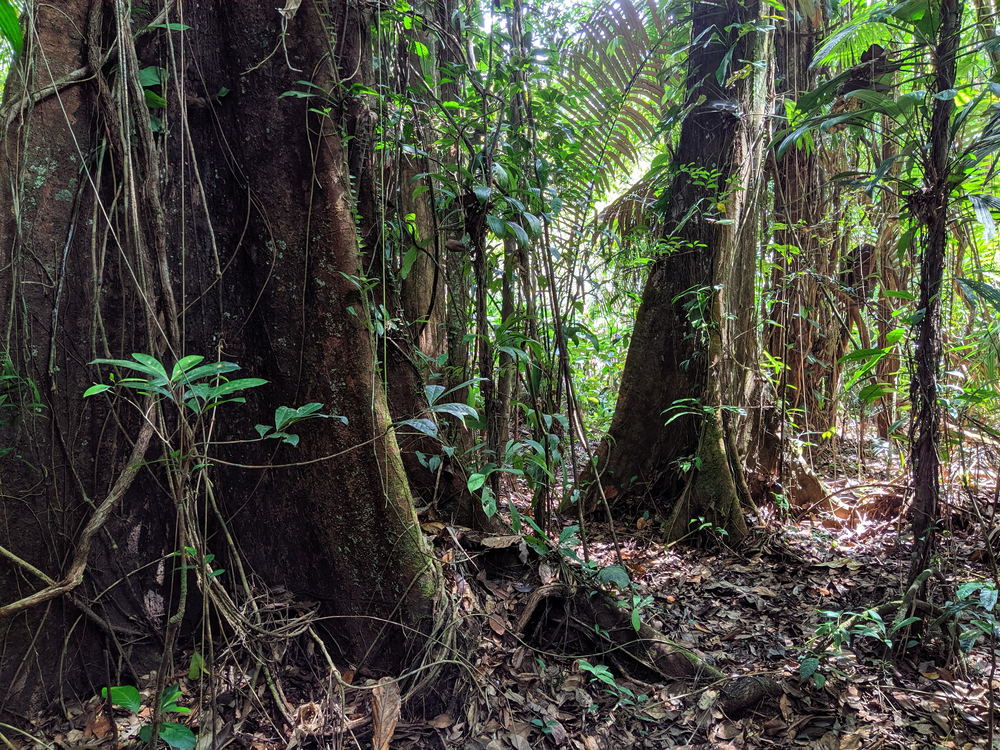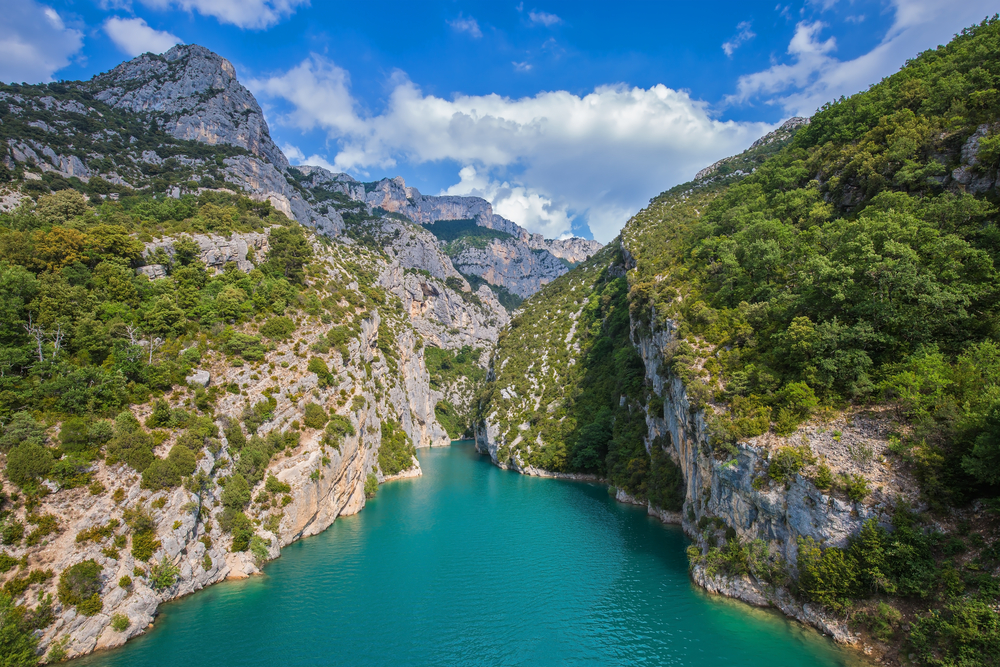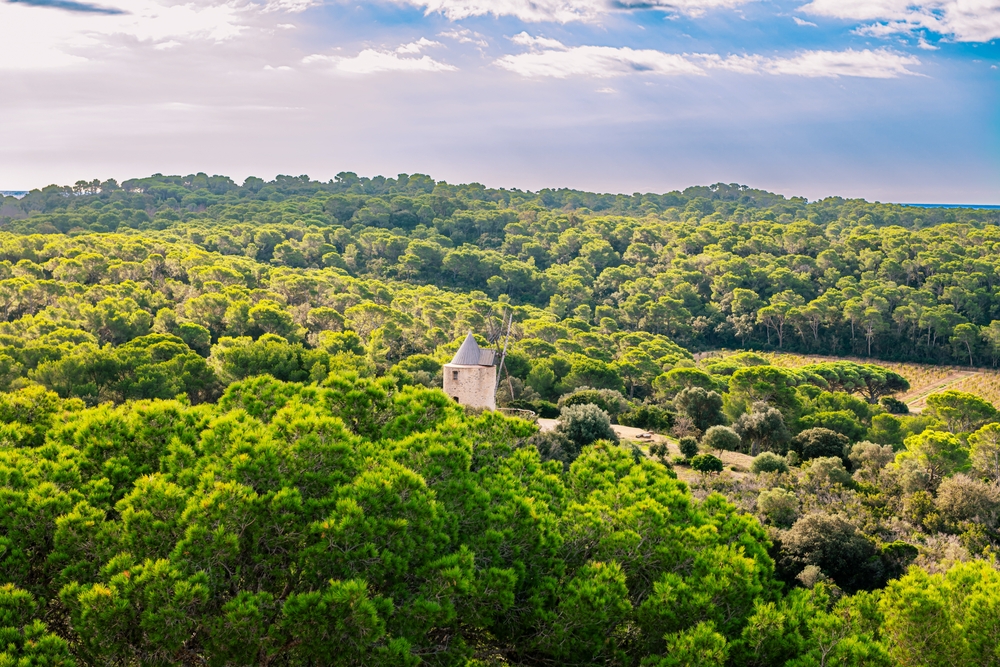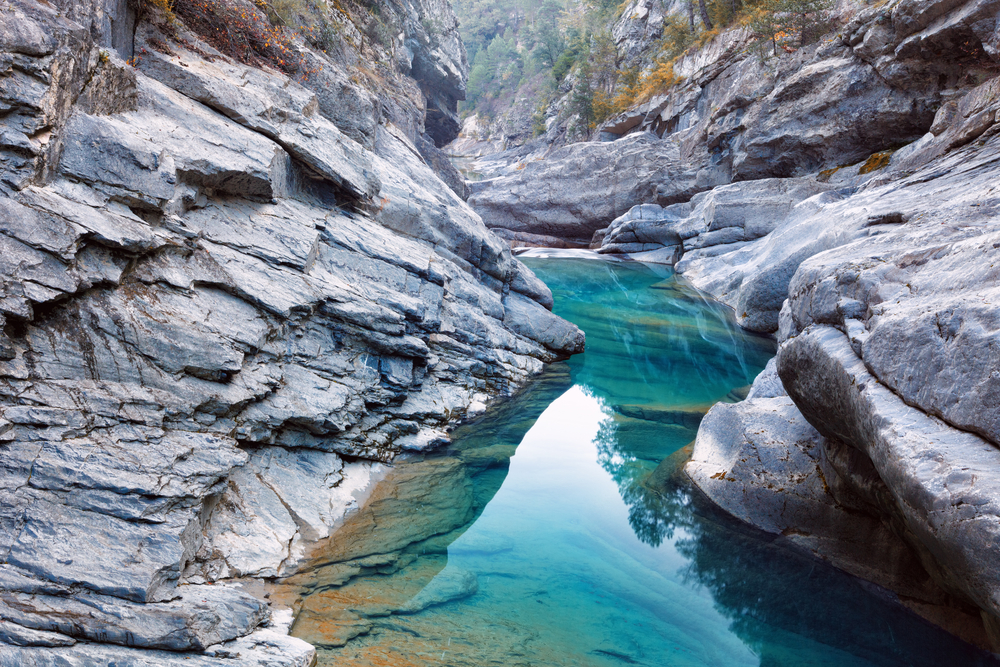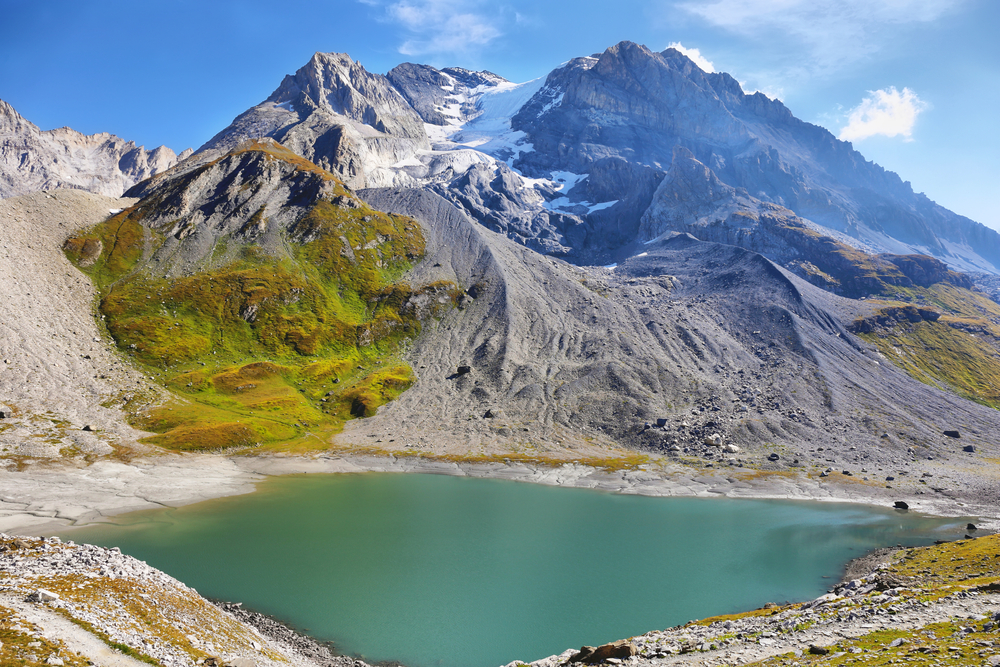France is home to 11 breathtakingly diverse national parks, showcasing the country’s commitment to preserving its natural and cultural heritage. These parks span a remarkable range of ecosystems, from Alpine peaks to Mediterranean coastlines, lush forests, and even volcanic landscapes. Each national park reflects France’s ecological diversity and commitment to conservation, offering visitors a glimpse into the country’s stunning natural treasures. Together, they represent nearly 60,000 square kilometers of protected land and marine areas, making them vital havens for endangered species and ecosystems.
One of the most celebrated parks is the Écrins National Park, nestled in the Alps. This park boasts dramatic mountain landscapes, including glaciers, rugged peaks, and lush valleys. It is a paradise for outdoor enthusiasts, offering world-class hiking, climbing, and skiing opportunities. The park is also home to a wide variety of flora and fauna, such as ibex, golden eagles, and marmots, making it a hotspot for nature lovers and wildlife enthusiasts.
Another iconic destination is the Calanques National Park, which spans land and sea along the Mediterranean coast near Marseille. Known for its striking limestone cliffs plunging into turquoise waters, this park is a favorite for kayaking, hiking, and snorkeling. The underwater biodiversity is exceptional, with seagrass meadows providing a habitat for diverse marine species. Conservation efforts have been successful in limiting overfishing and preserving these delicate ecosystems, balancing human recreation with environmental protection.
The Vanoise National Park, France’s first national park, is located in the heart of the French Alps. Renowned for its rich biodiversity, the park is a refuge for species like the Alpine ibex, which has made a remarkable comeback thanks to strict conservation measures. Its pristine landscapes include snow-capped peaks, glacial lakes, and vast alpine meadows. Visitors are drawn to its extensive network of hiking trails, offering stunning views of the surrounding mountains.
In southern France, the Cévennes National Park features a mix of rugged plateaus, deep valleys, and picturesque villages. It is one of the few inhabited national parks in France, and its unique cultural heritage complements its natural beauty. The park is also part of a UNESCO Biosphere Reserve, highlighting its importance for both biodiversity and traditional land-use practices.
The Guadeloupe National Park, located in the French Caribbean, stands out for its tropical rainforest, volcanic landscapes, and coral reefs. The park is home to the La Soufrière volcano and an astonishing variety of plants and animals, including endangered species like the Guadeloupe raccoon. Efforts to protect its marine and terrestrial ecosystems have made it a model of biodiversity conservation.
Despite their beauty, France’s national parks face challenges such as climate change, increased tourism, and habitat fragmentation. However, ongoing conservation efforts, including strict regulations and community involvement, have resulted in notable successes, such as the recovery of endangered species and the sustainable management of tourism.
.

